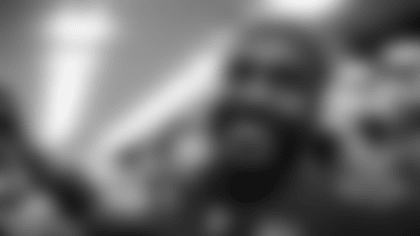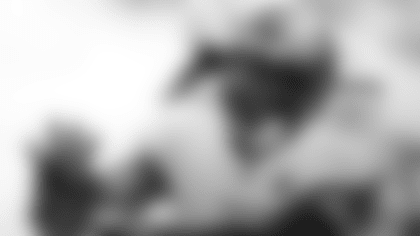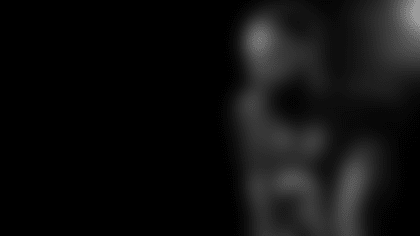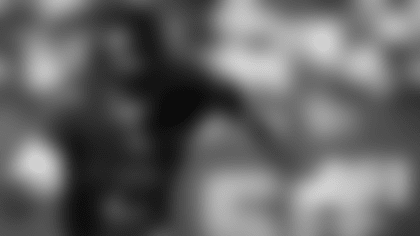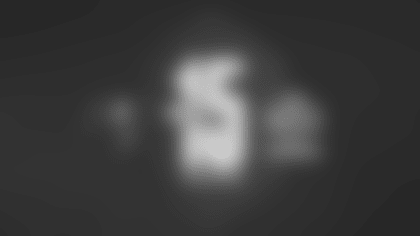Photos of the Buccaneers' complete roster.


2 K Nick Folk
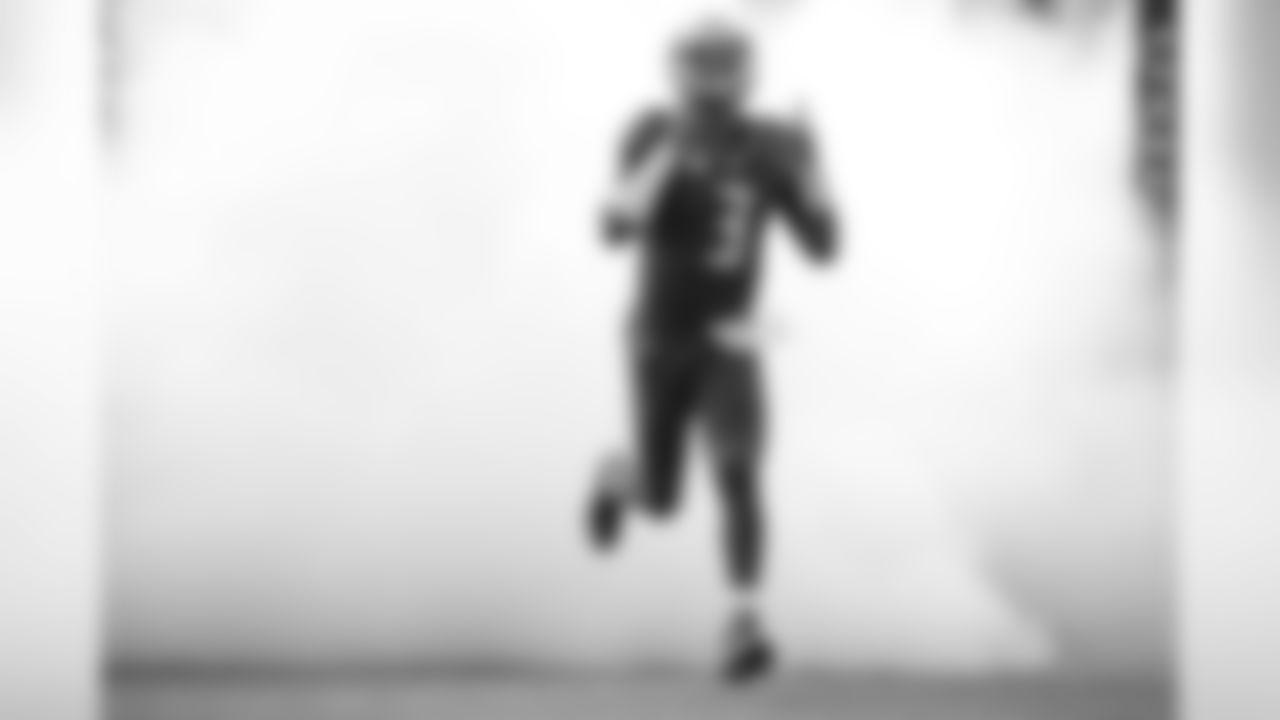
3 QB Jameis Winston
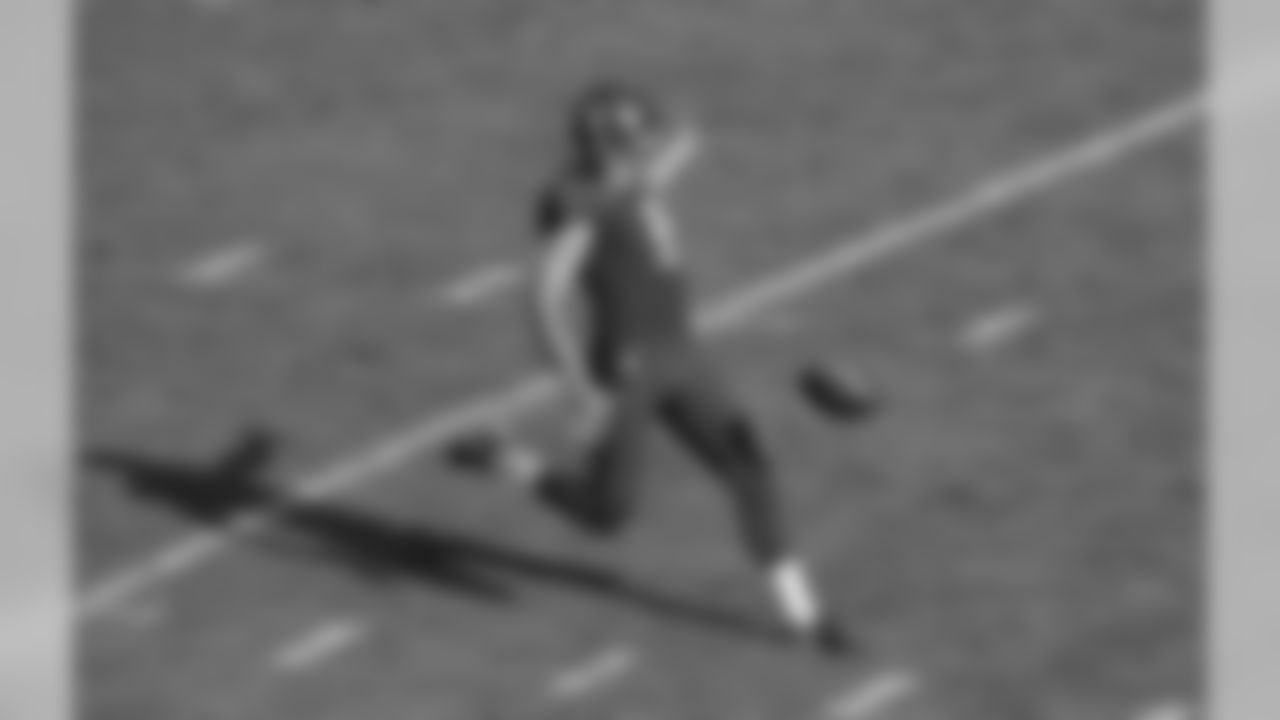
9 P Bryan Anger

10 WR Adam Humphries

11 WR DeSean Jackson

12 WR Chris Godwin
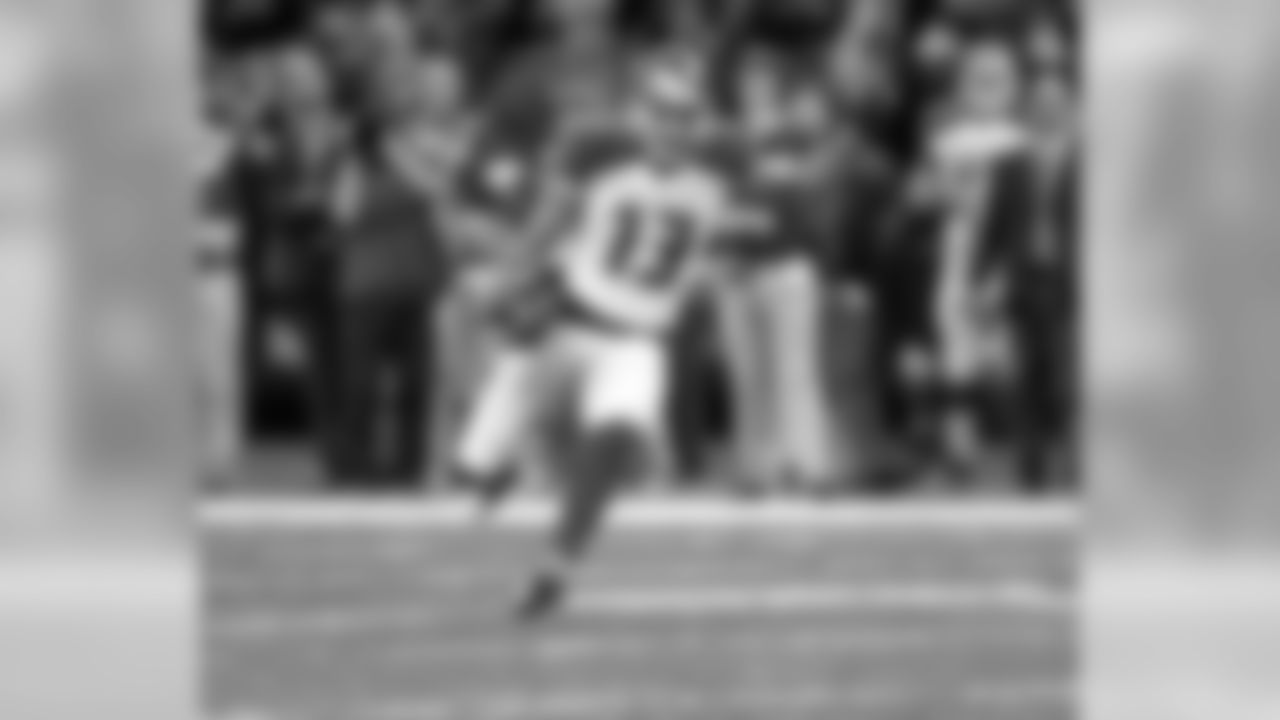
13 WR Mike Evans
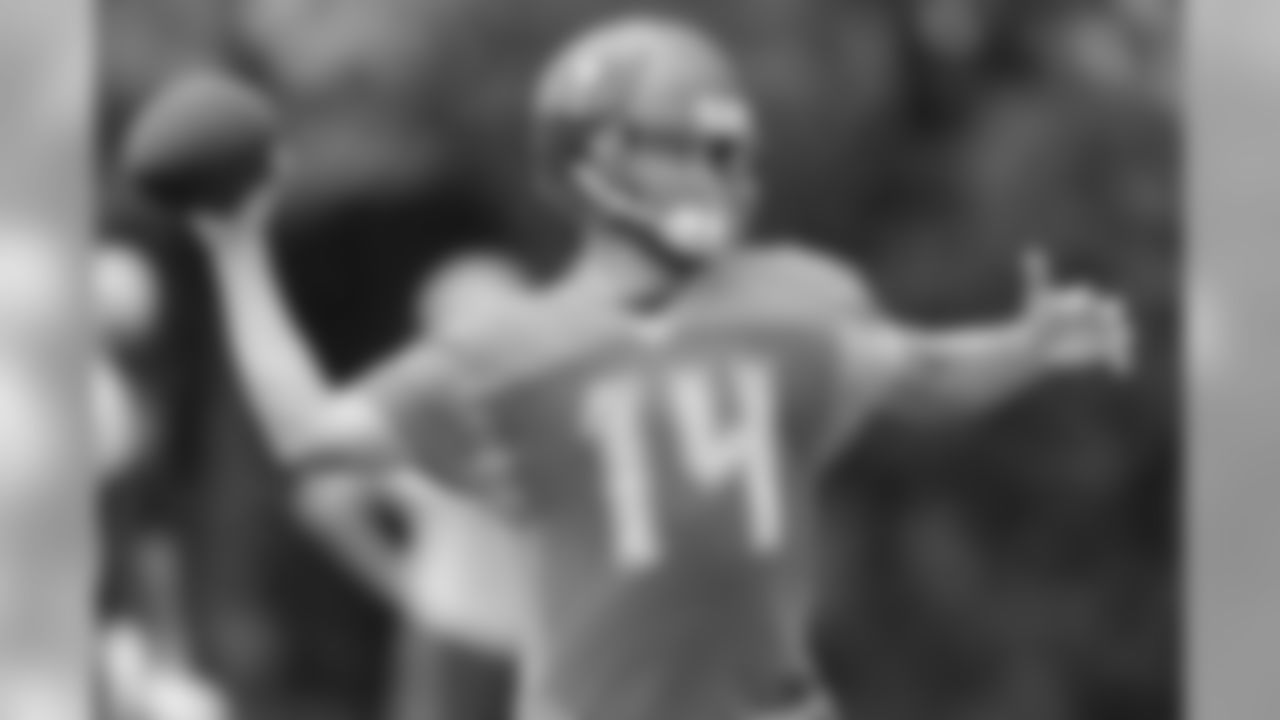
14 QB Ryan Fitzpatrick
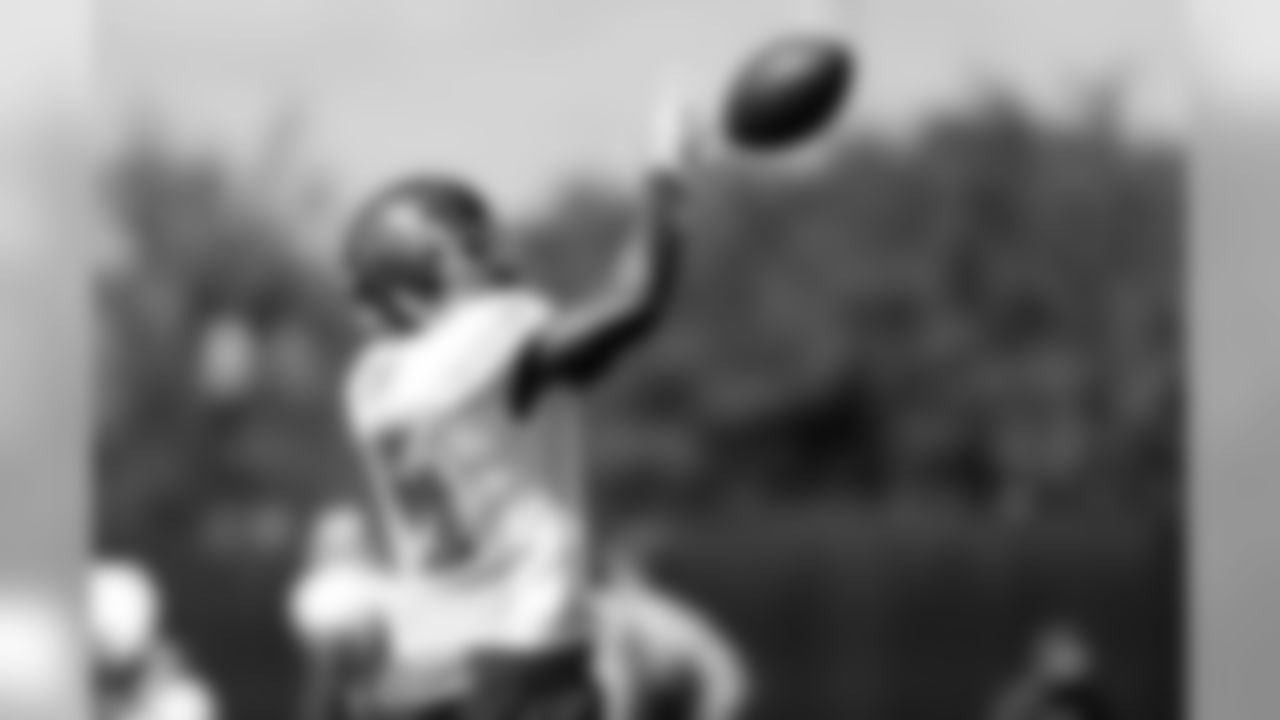
18 WR Bernard Reedy
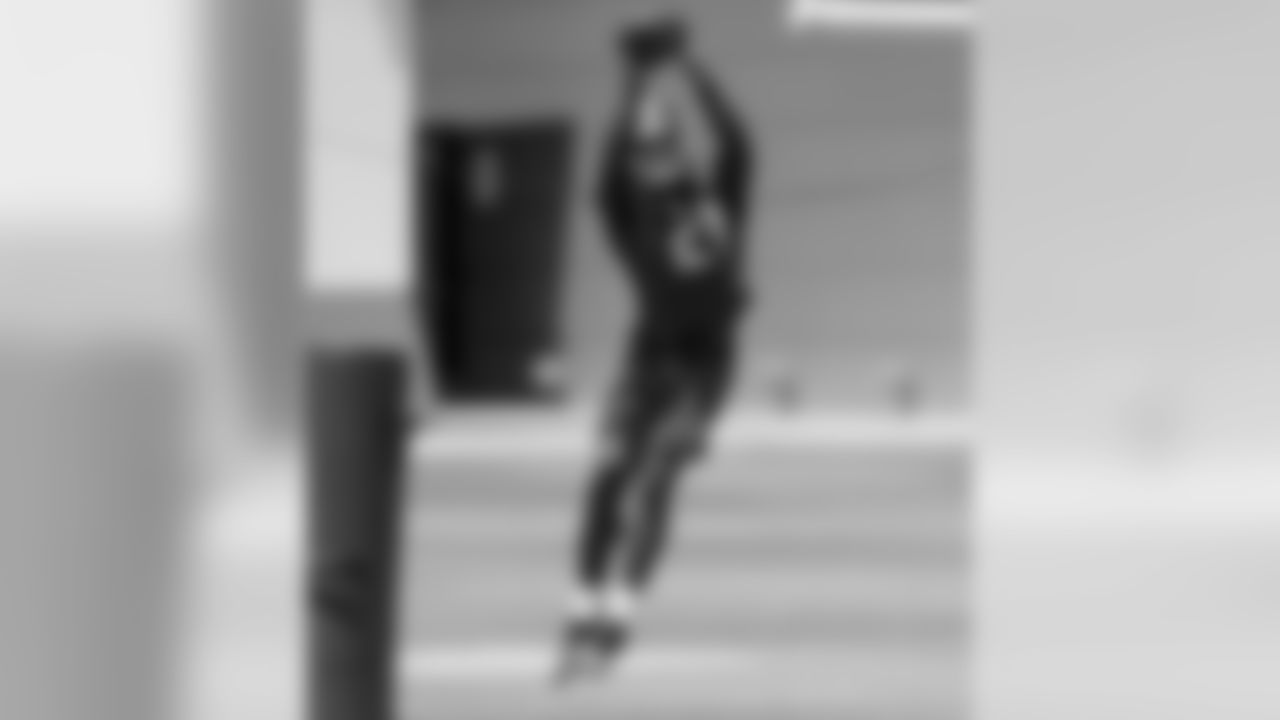
21 S Justin Evans
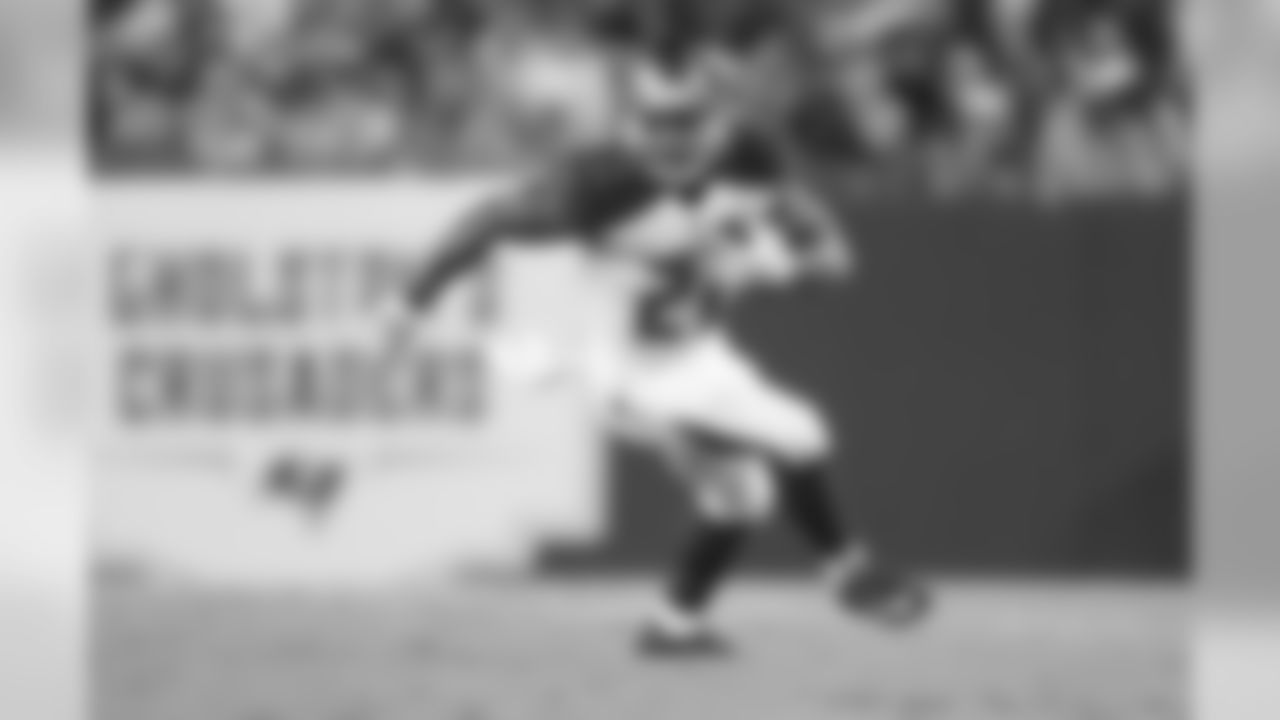
22 RB Doug Martin
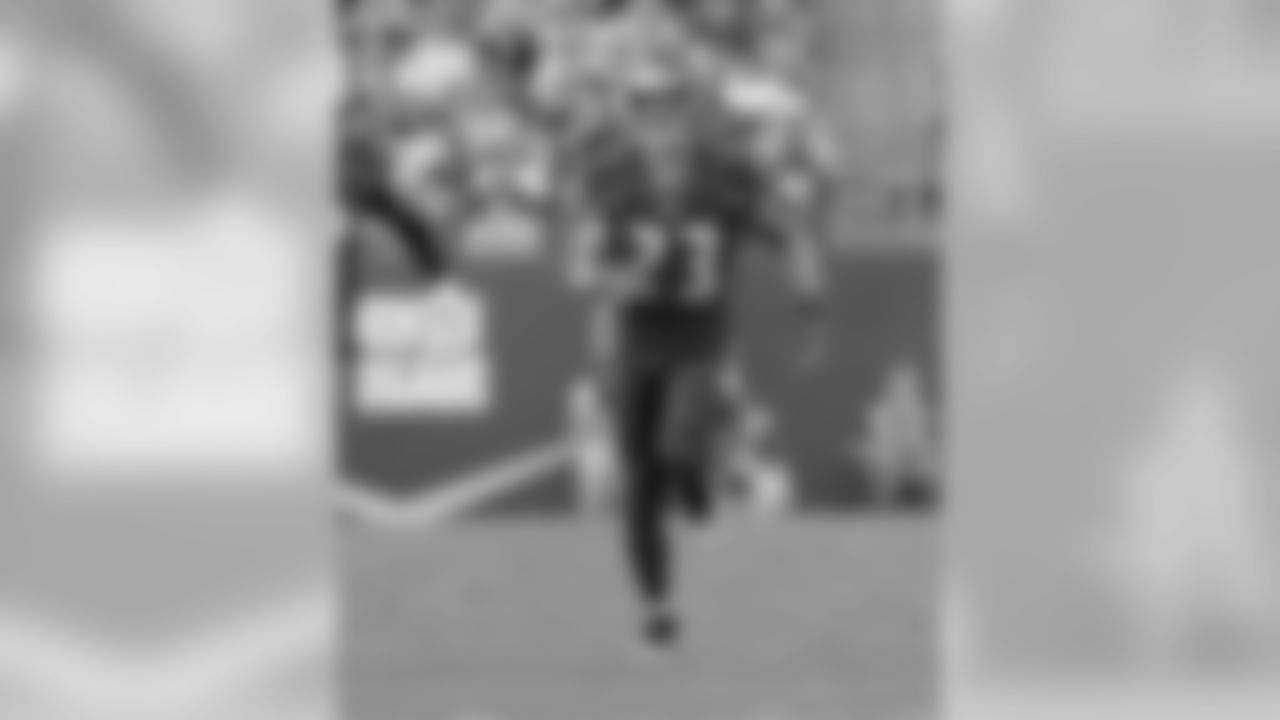
23 S Chris Conte
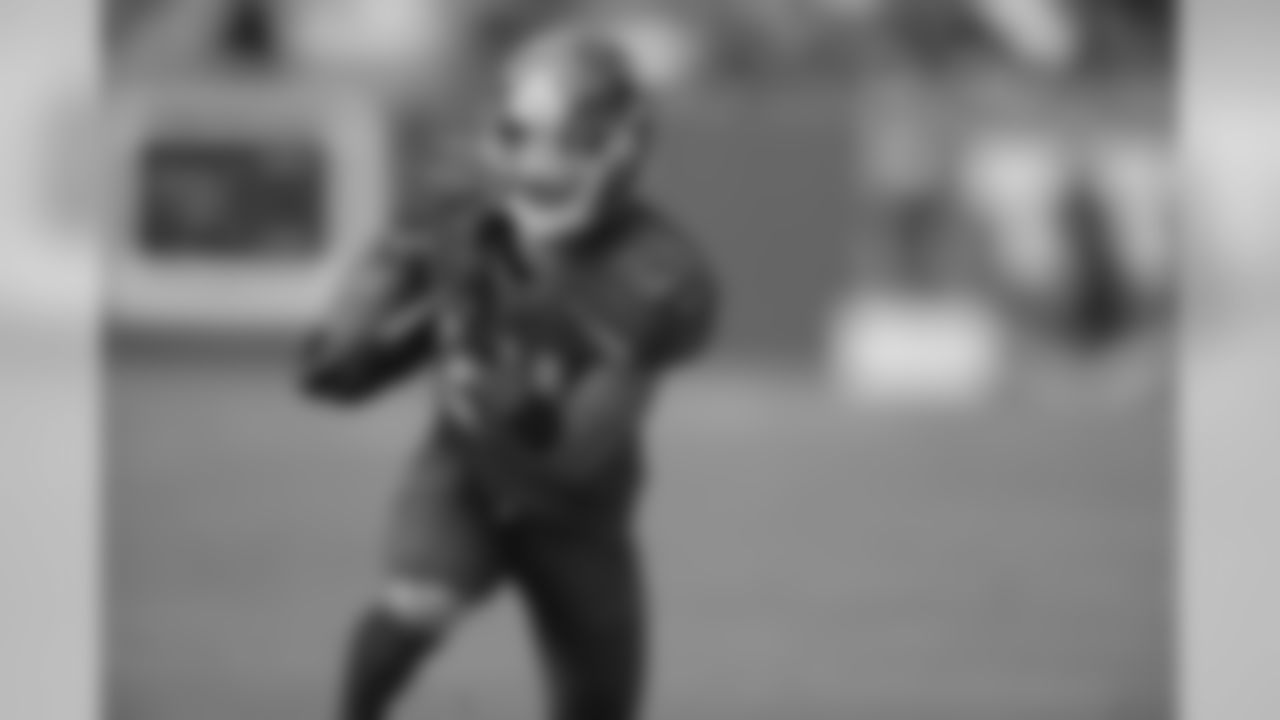
24 CB Brent Grimes
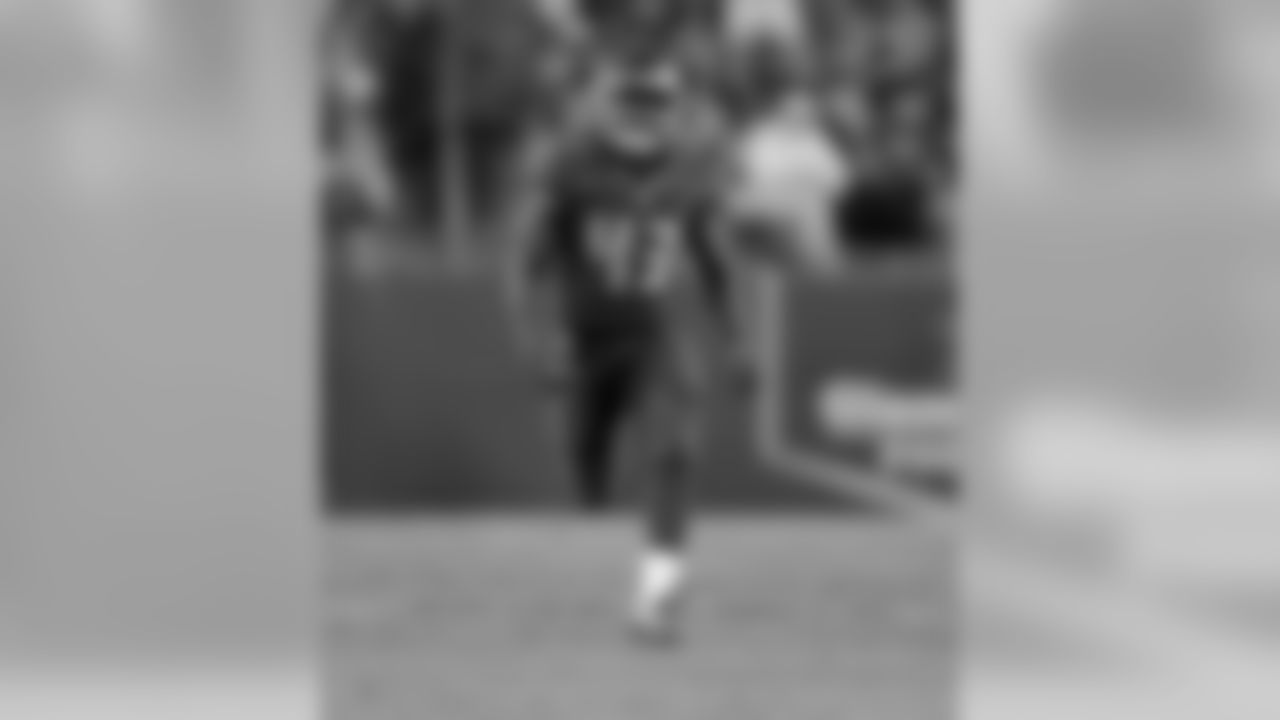
25 RB Peyton Barber
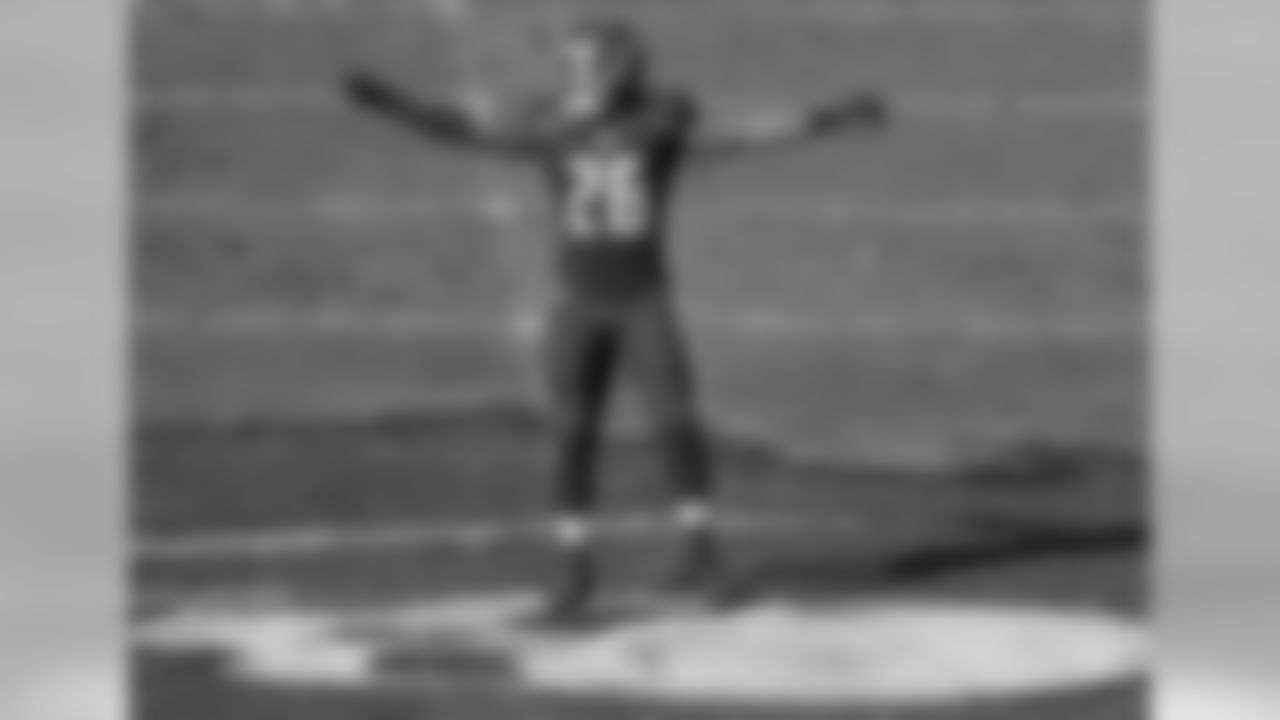
26 CB Josh Robinson
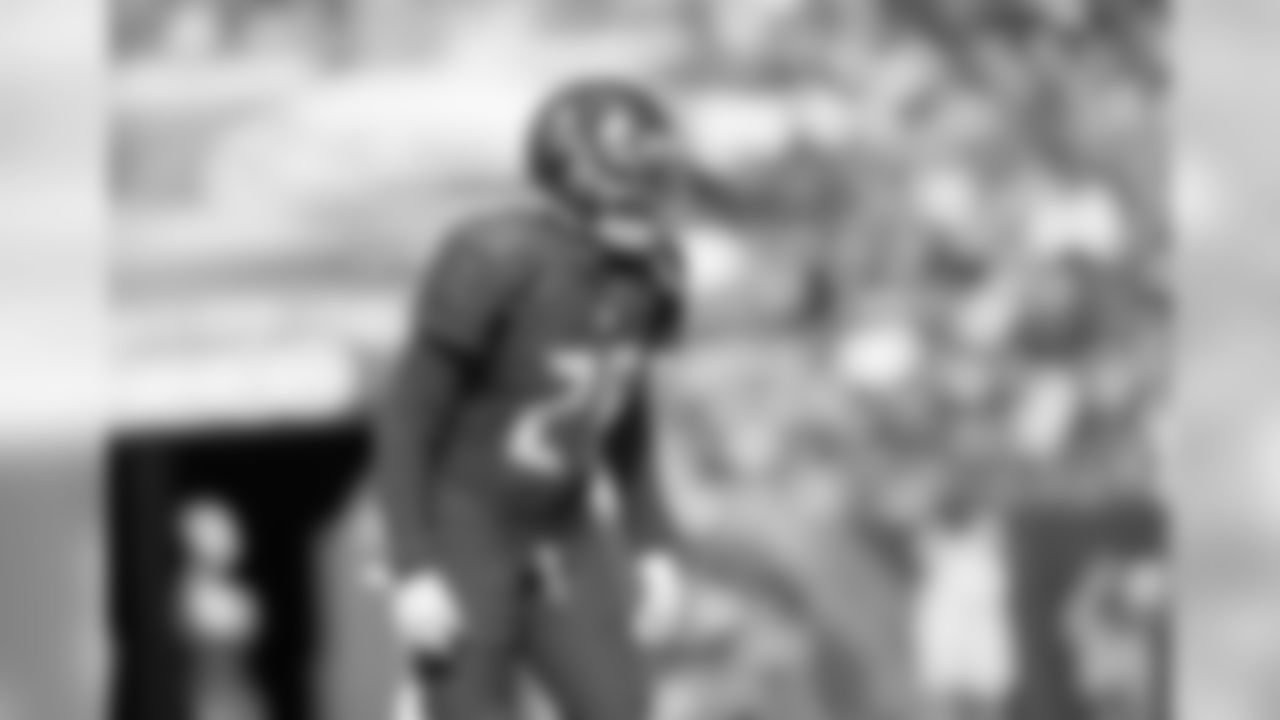
28 CB Vernon Hargreaves
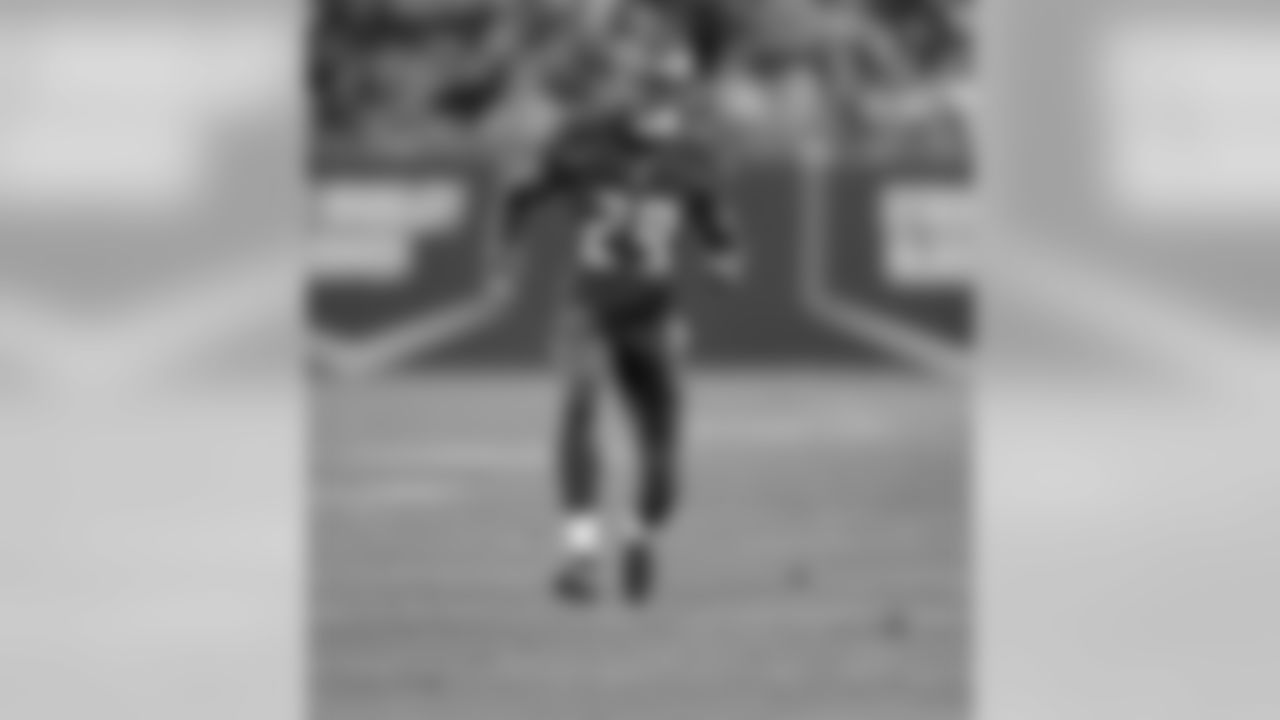
29 DB Ryan Smith
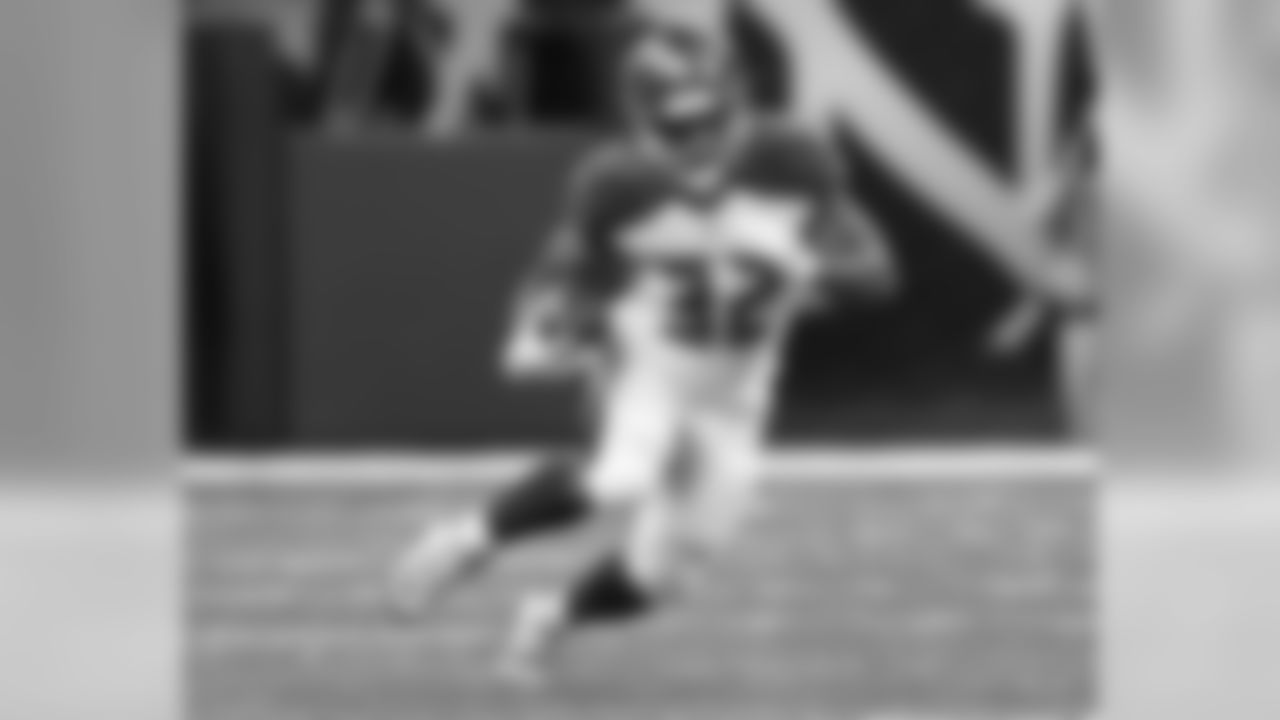
32 RB Jacquizz Rodgers
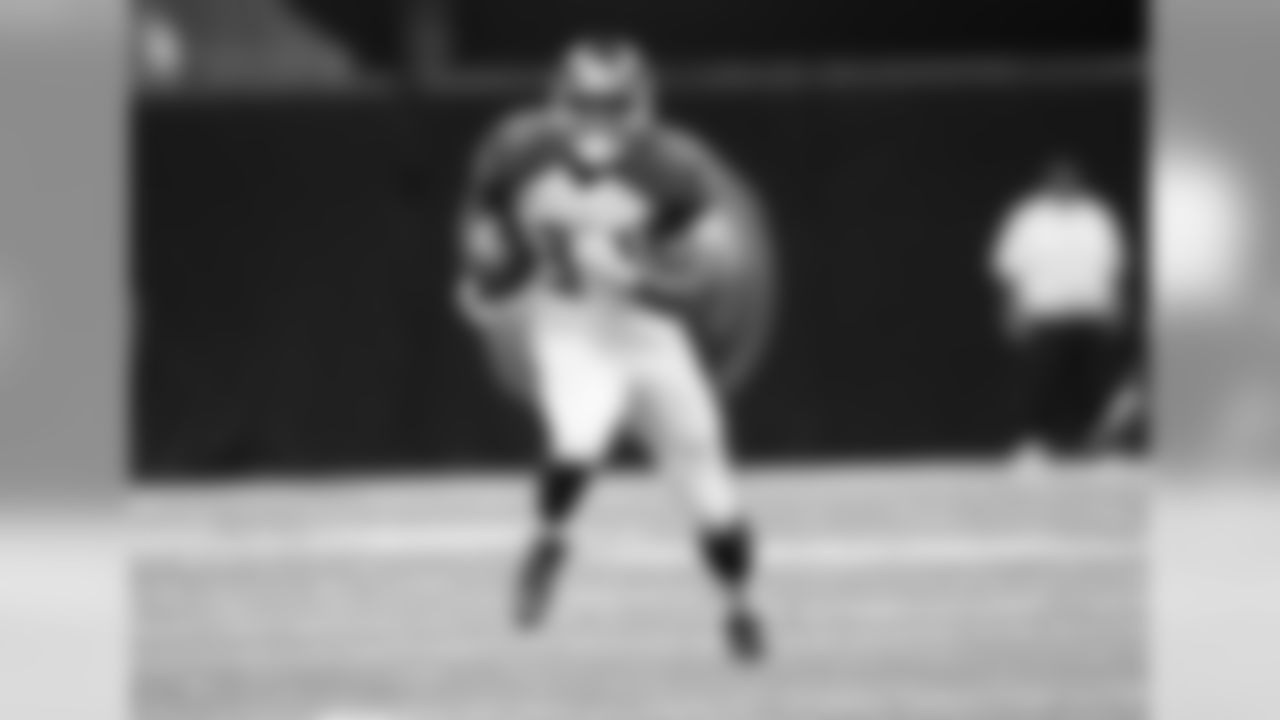
34 RB Charles Sims

35 CB Javien Elliott
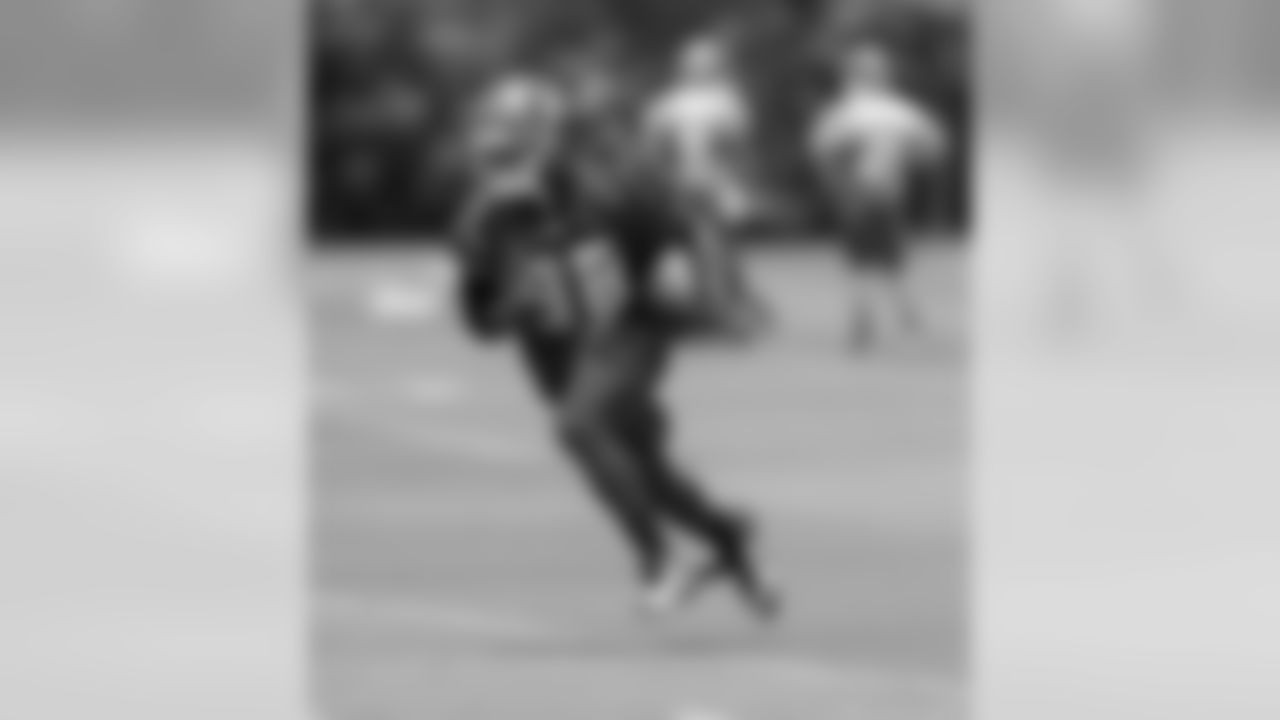
36 CB Robert McClain
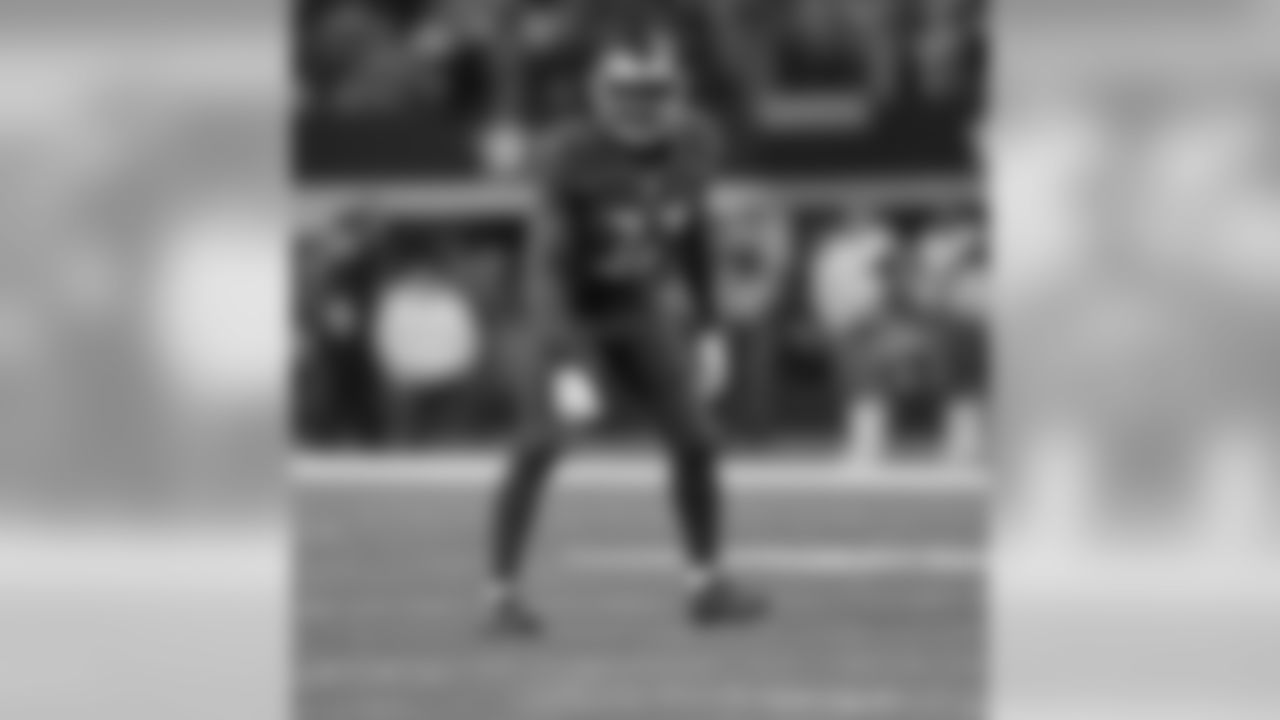
37 S Keith Tandy
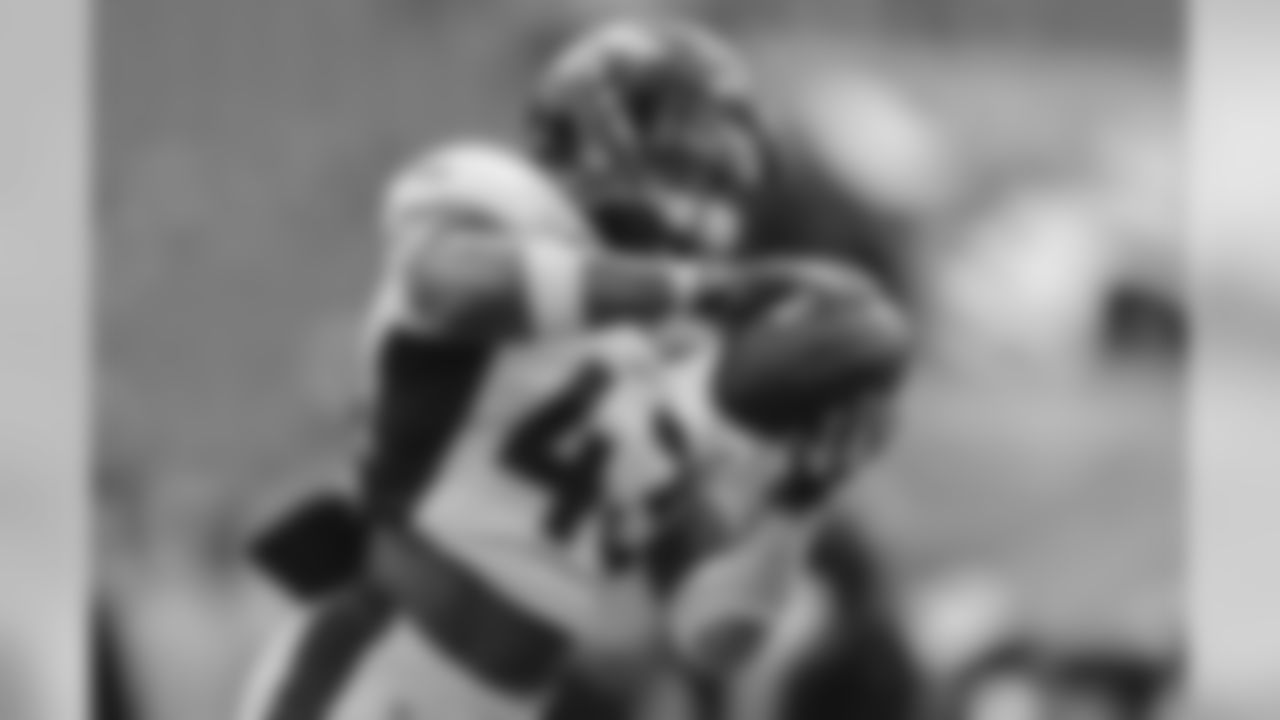
43 S T.J. Ward
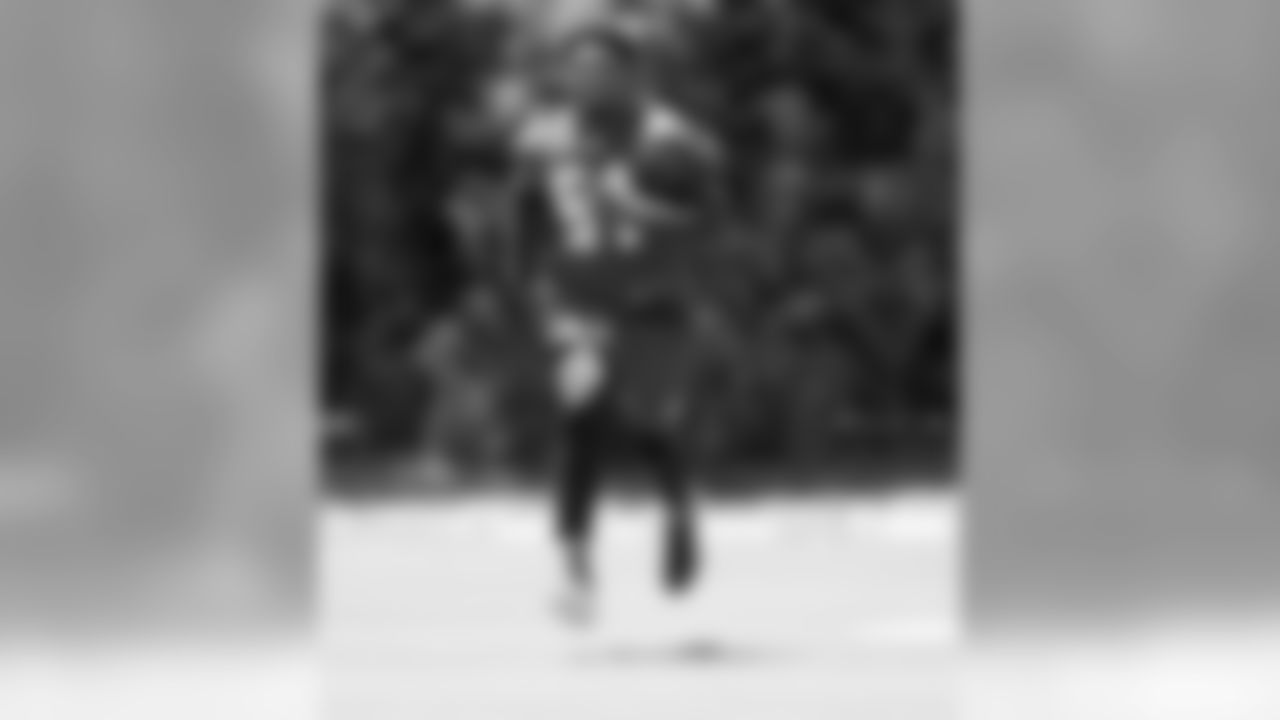
51 LB Kendell Beckwith
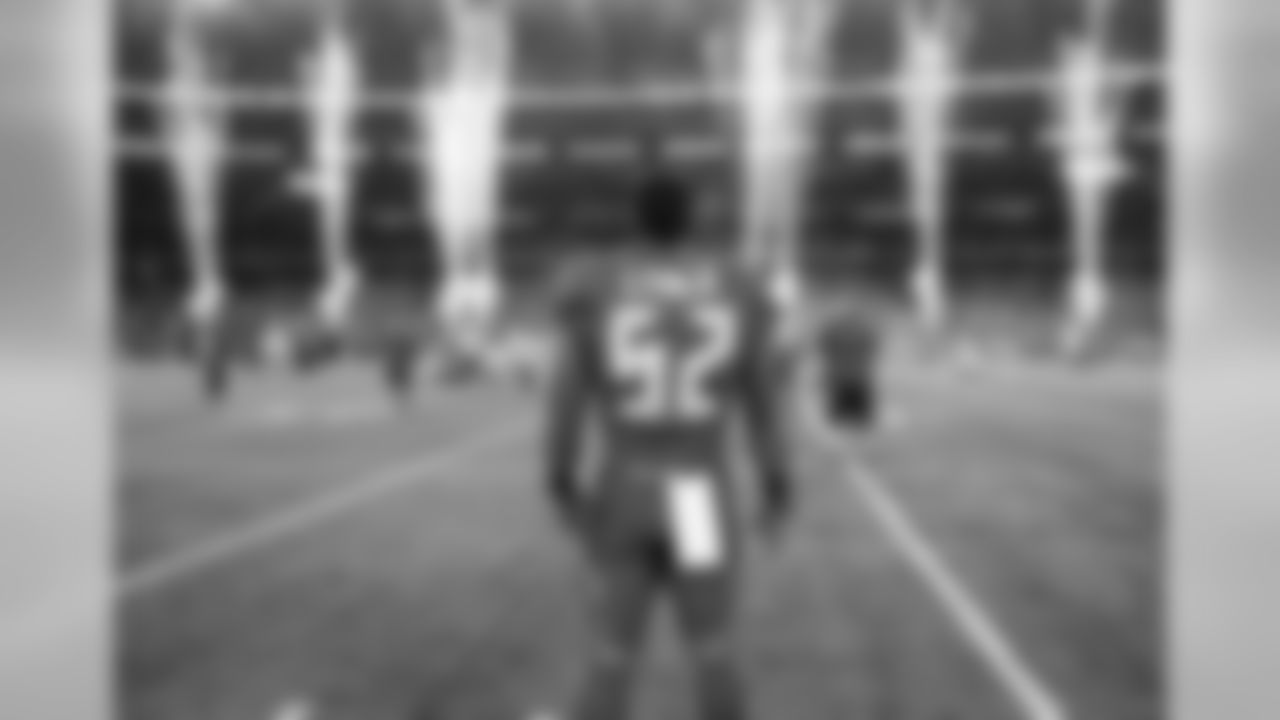
52 LB Cameron Lynch

53 LB Adarius Glanton

54 LB Lavonte David
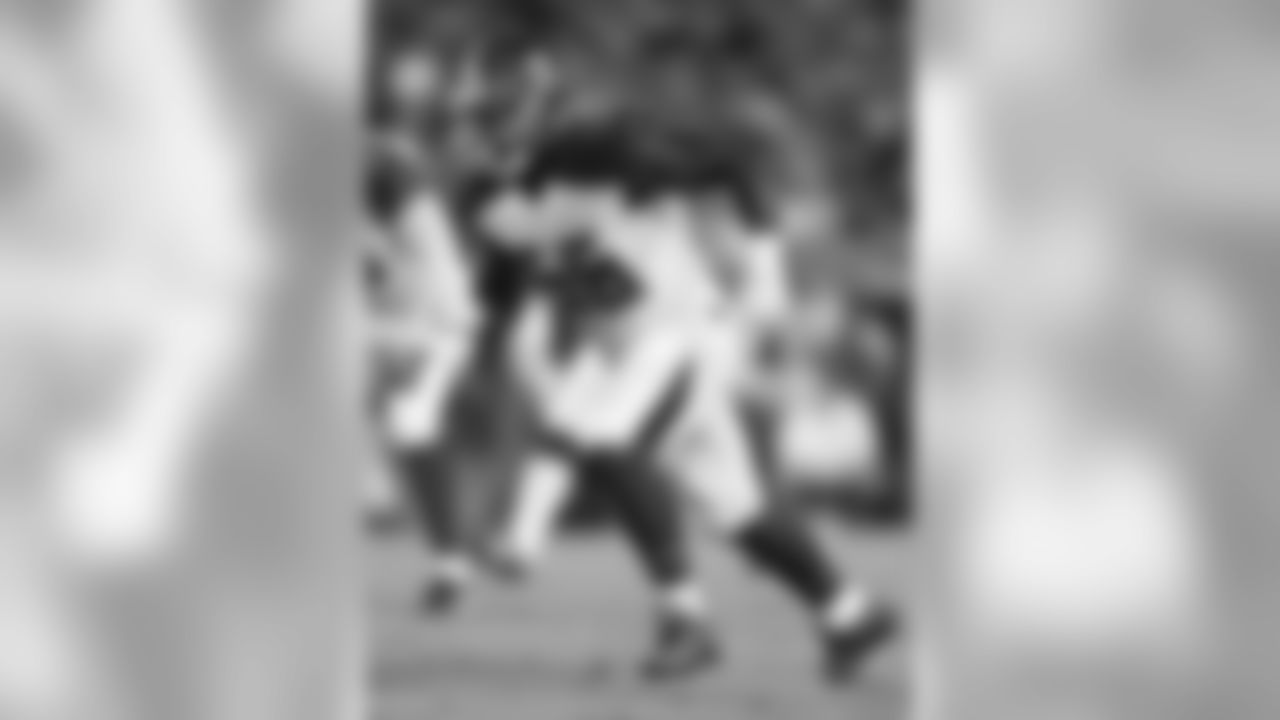
56 DE Jacquies Smith
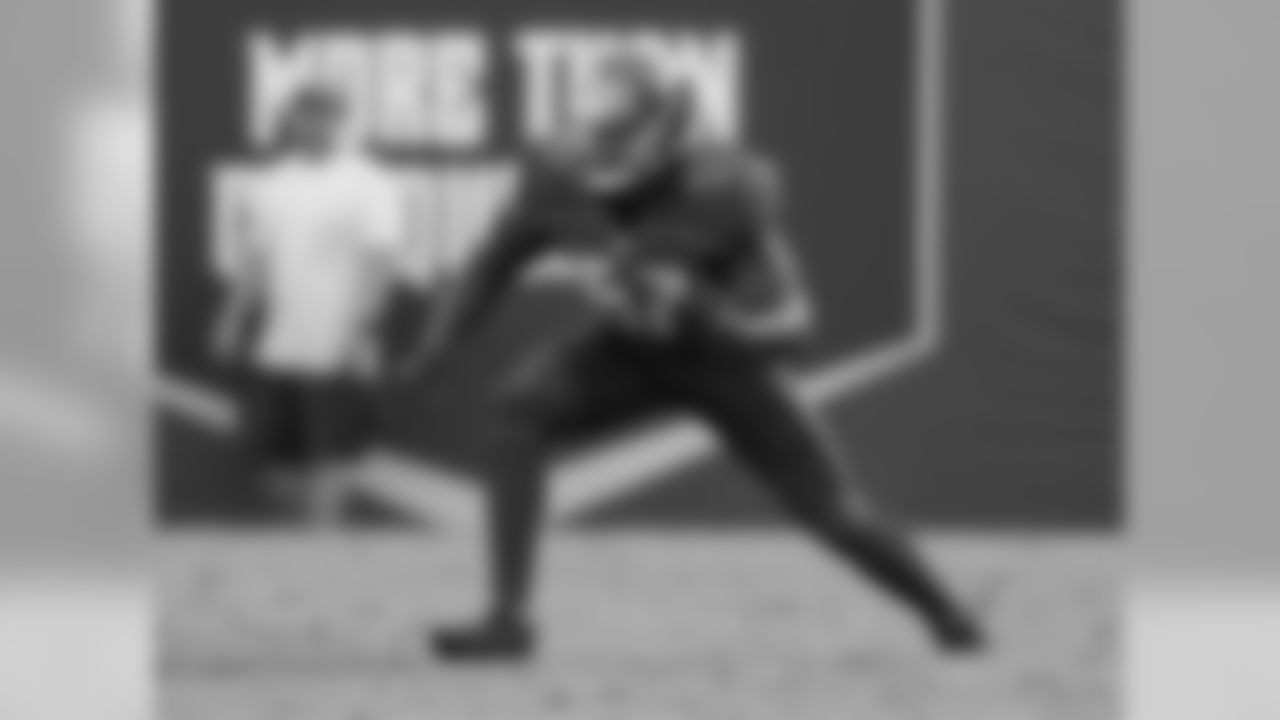
57 DE Noah Spence
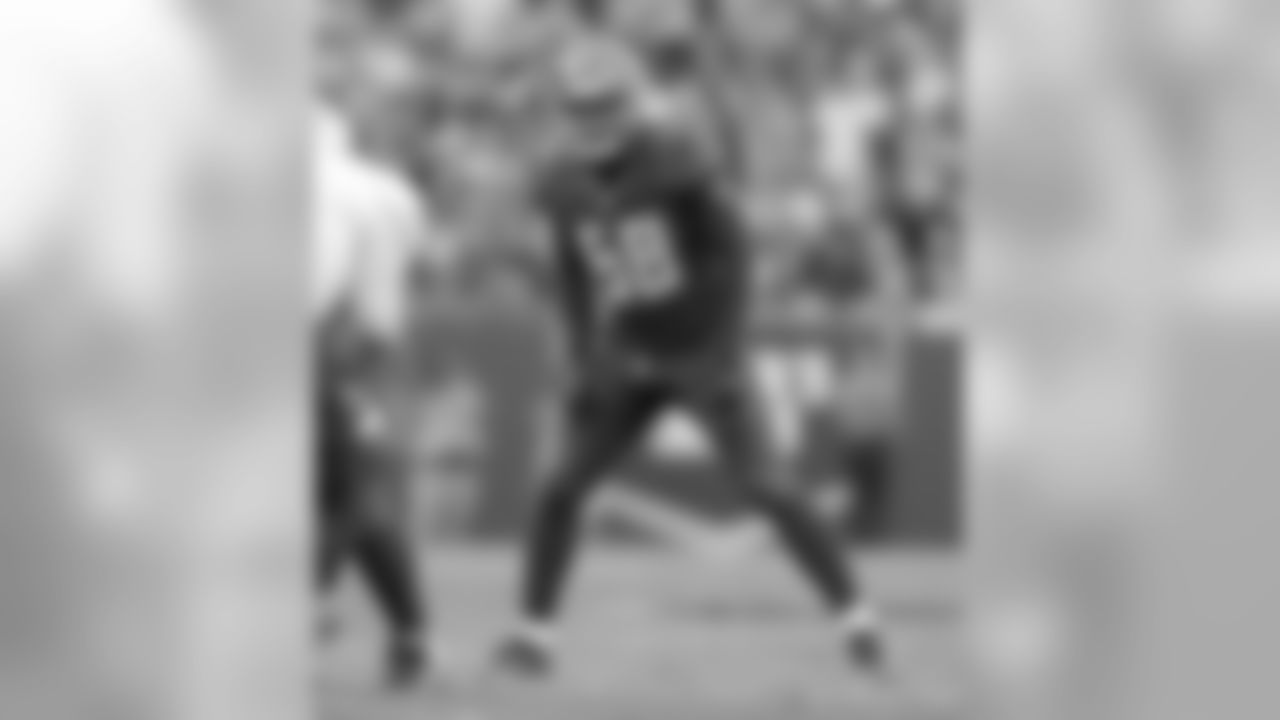
58 LB Kwon Alexander
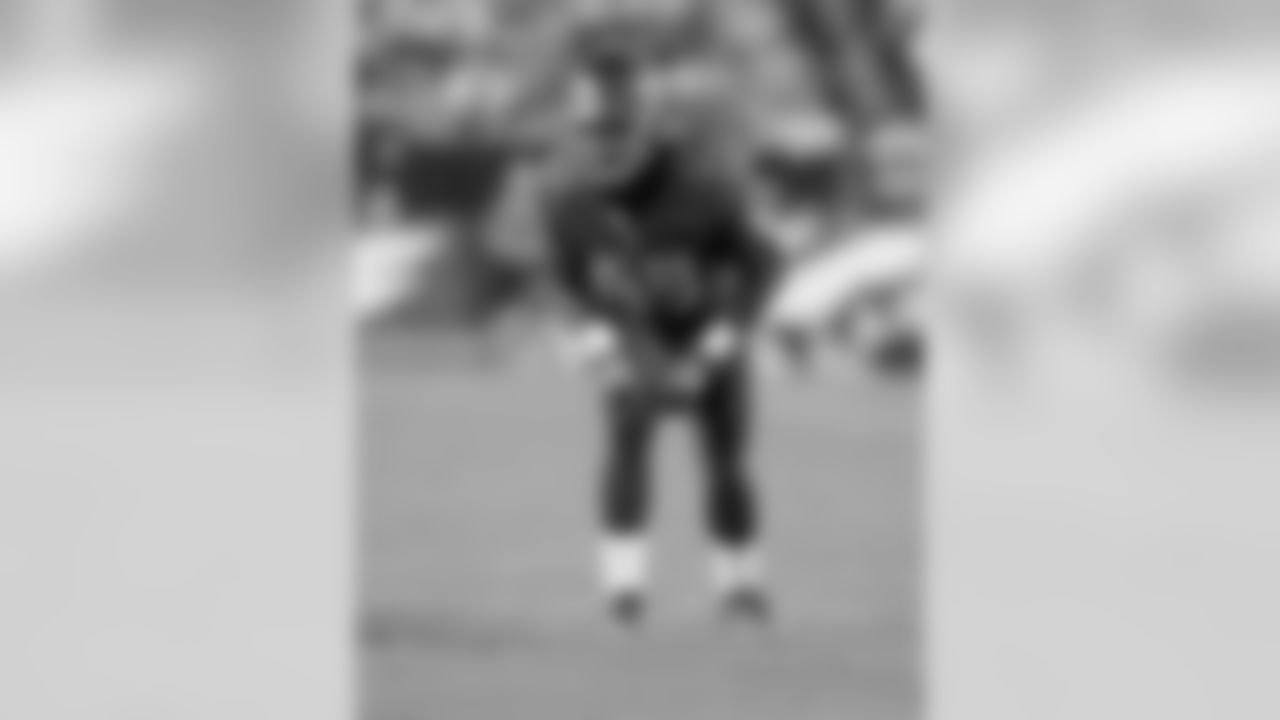
59 LB Devante Bond
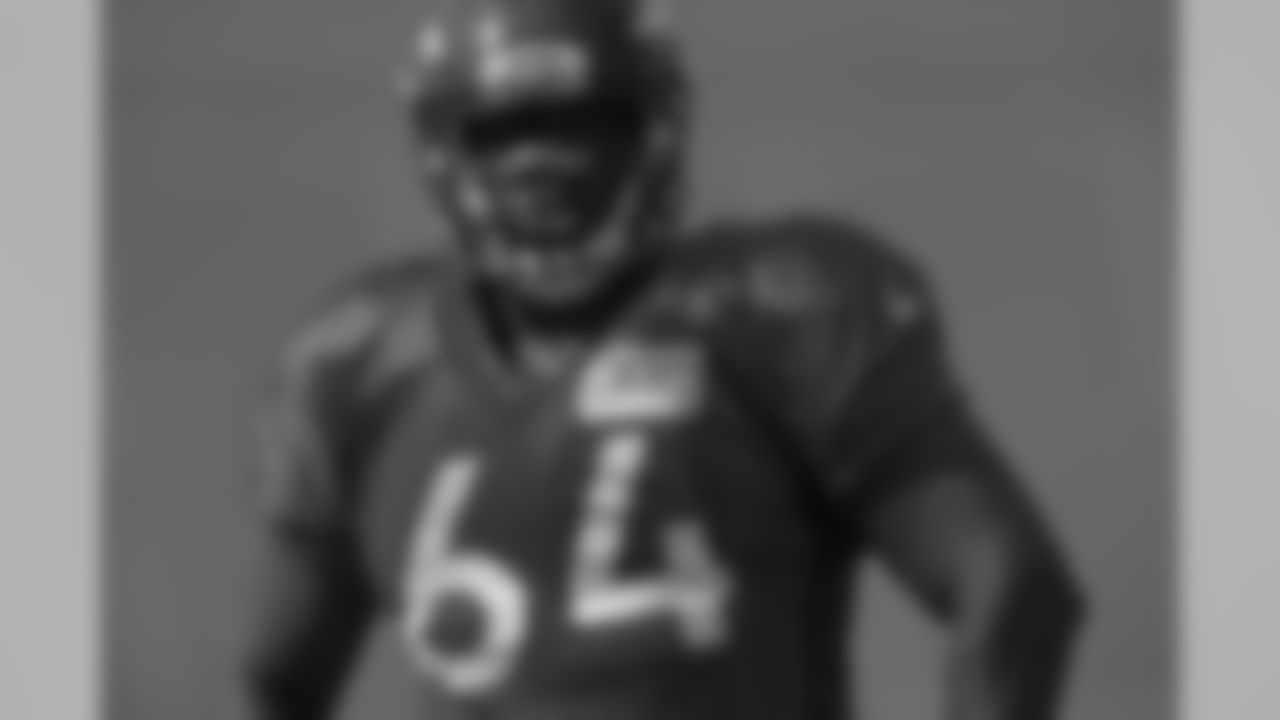
61 OT Justin Murray
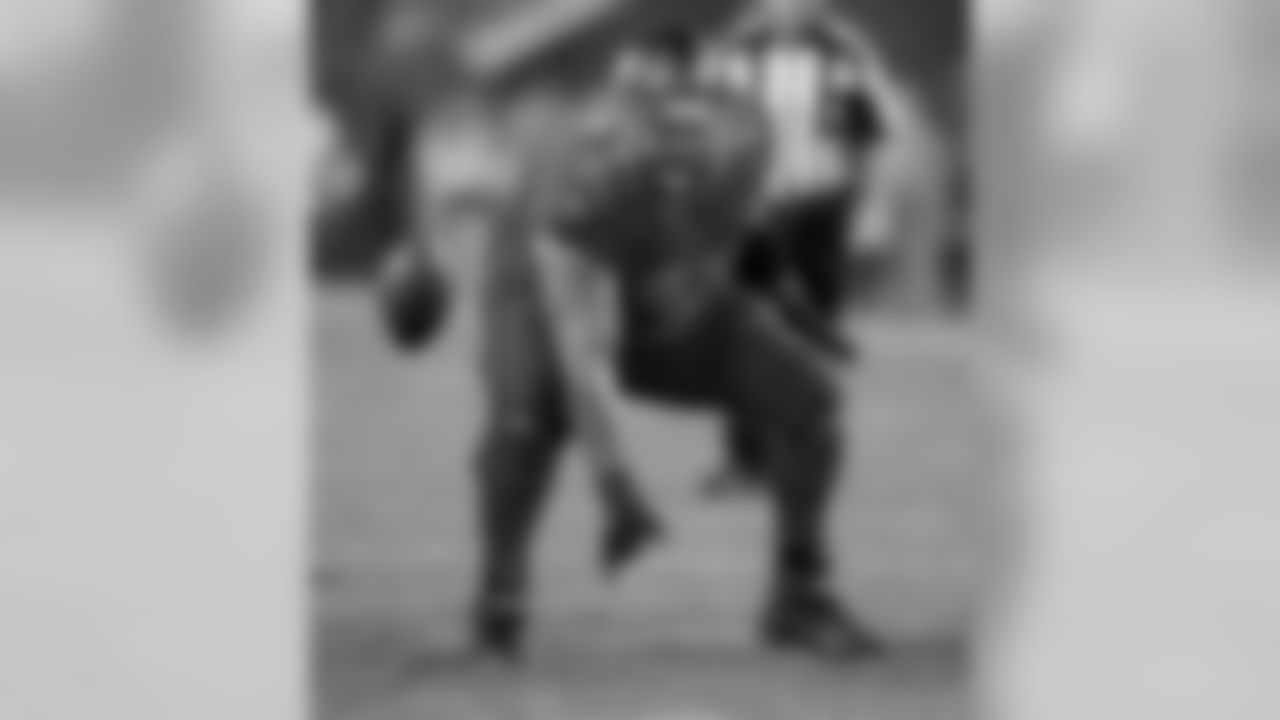
62 C Evan Smith
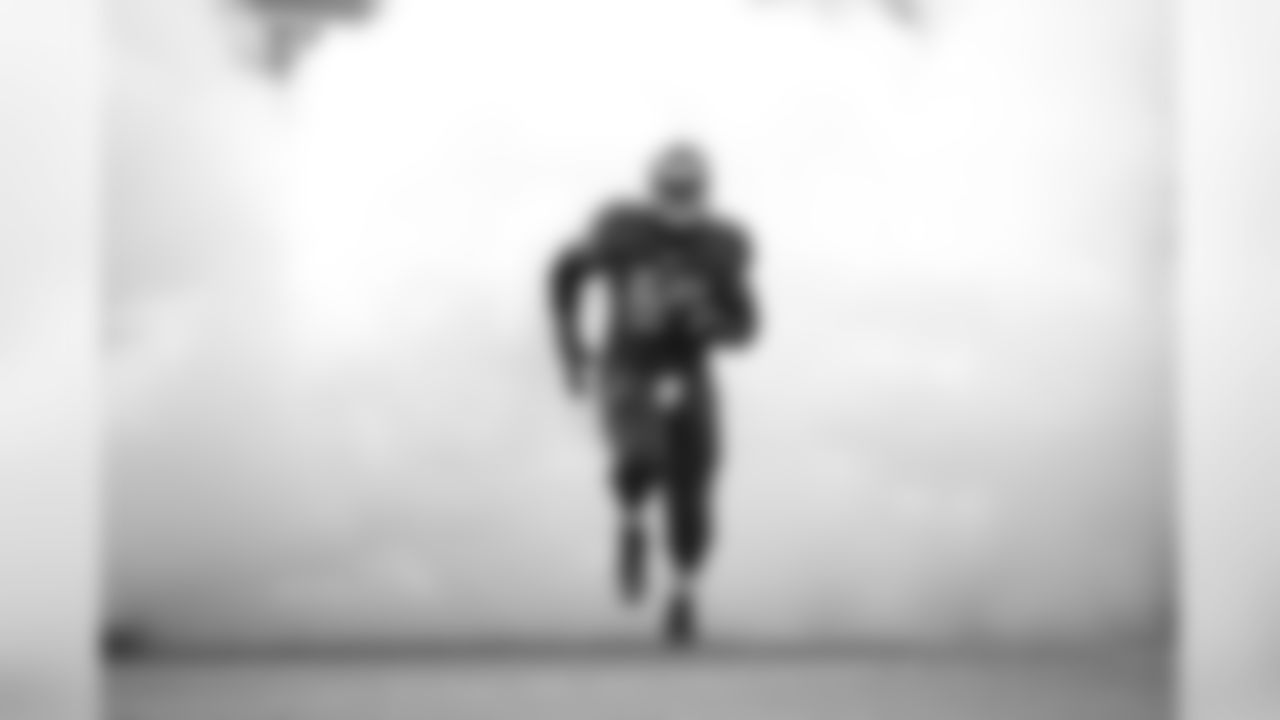
64 OT Kevin Pamphile

65 LS Garrison Sanborn
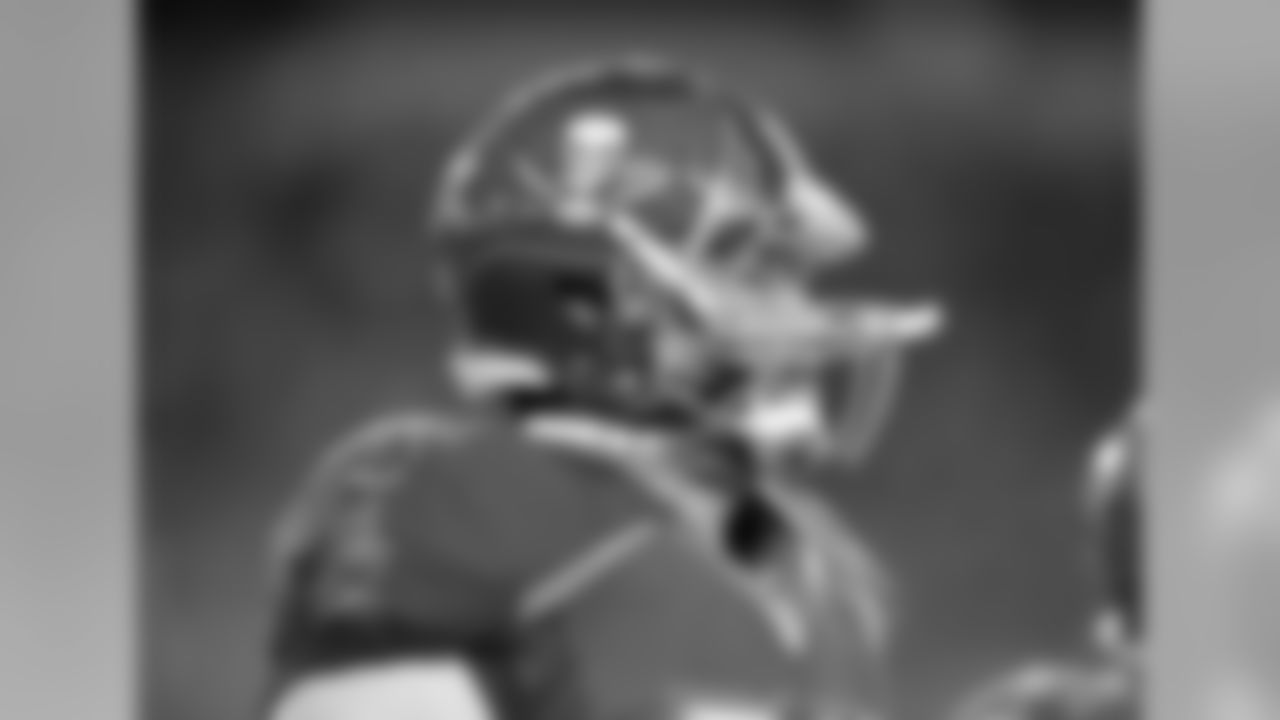
66 OT Leonard Wester

68 C Joe Hawley

69 OT Demar Dotson

73 G J.R. Sweezy
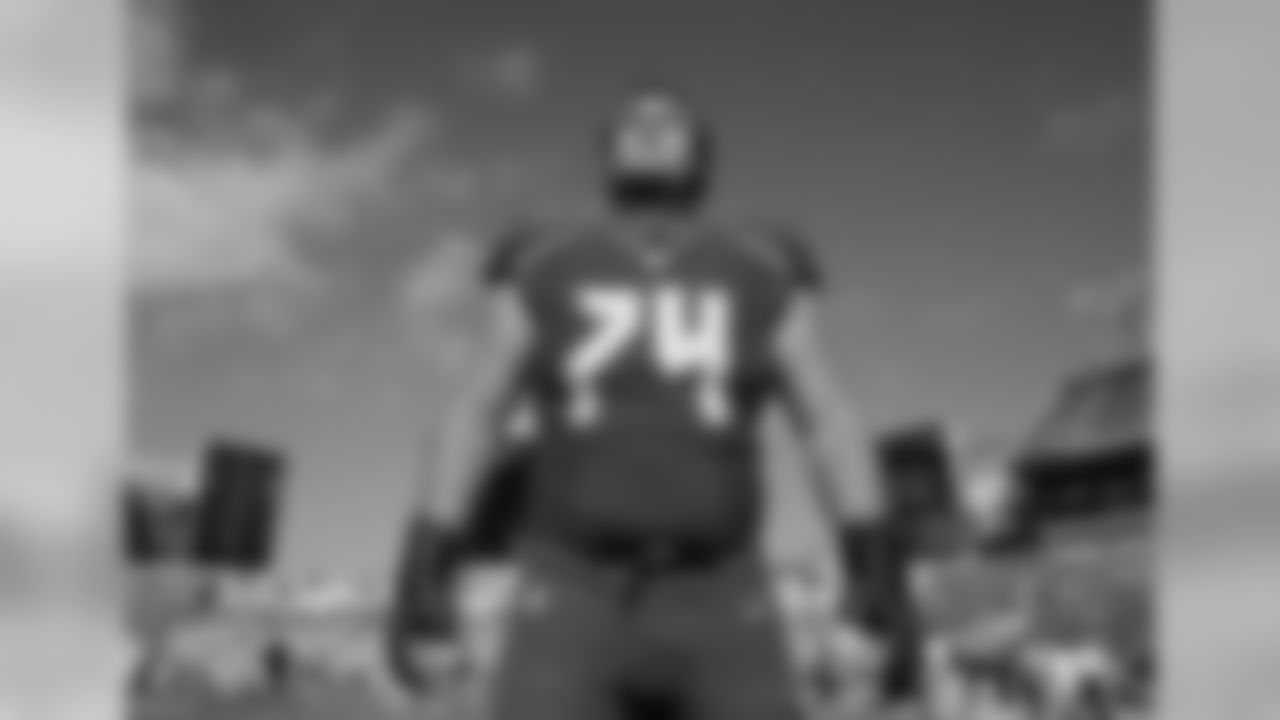
74 G Ali Marpet

76 OT Donovan Smith
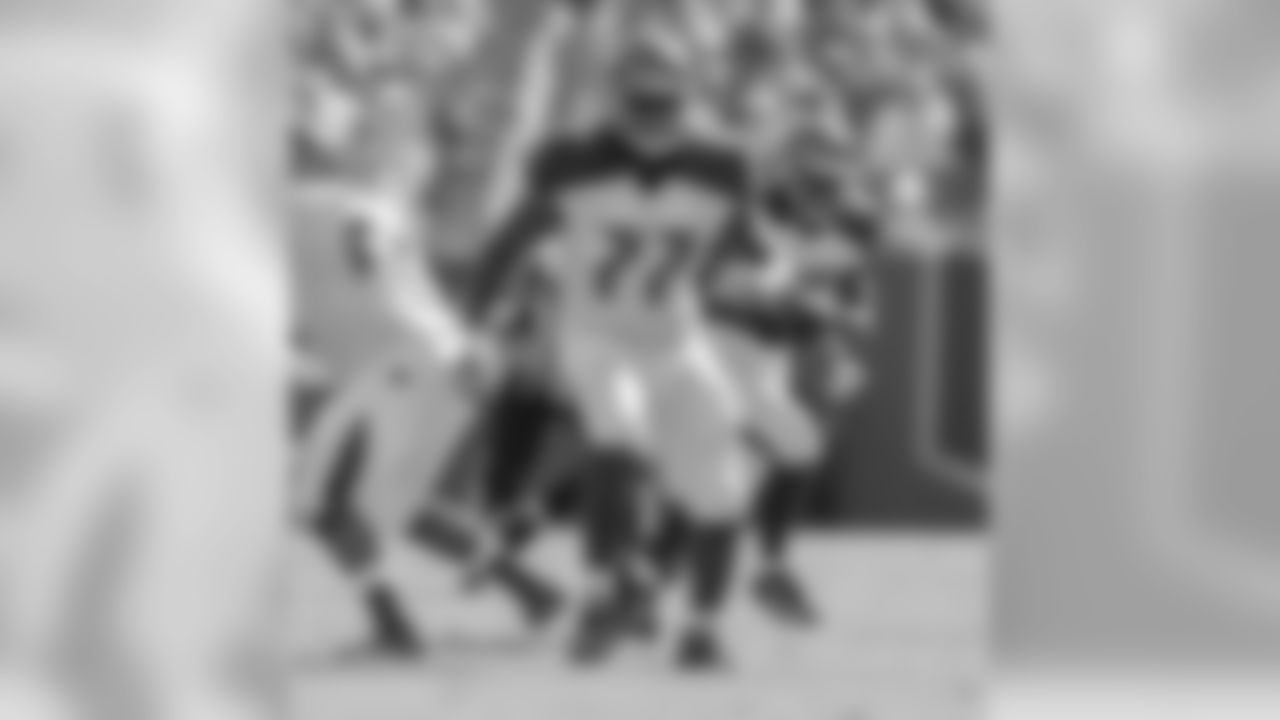
77 OL Caleb Benenoch
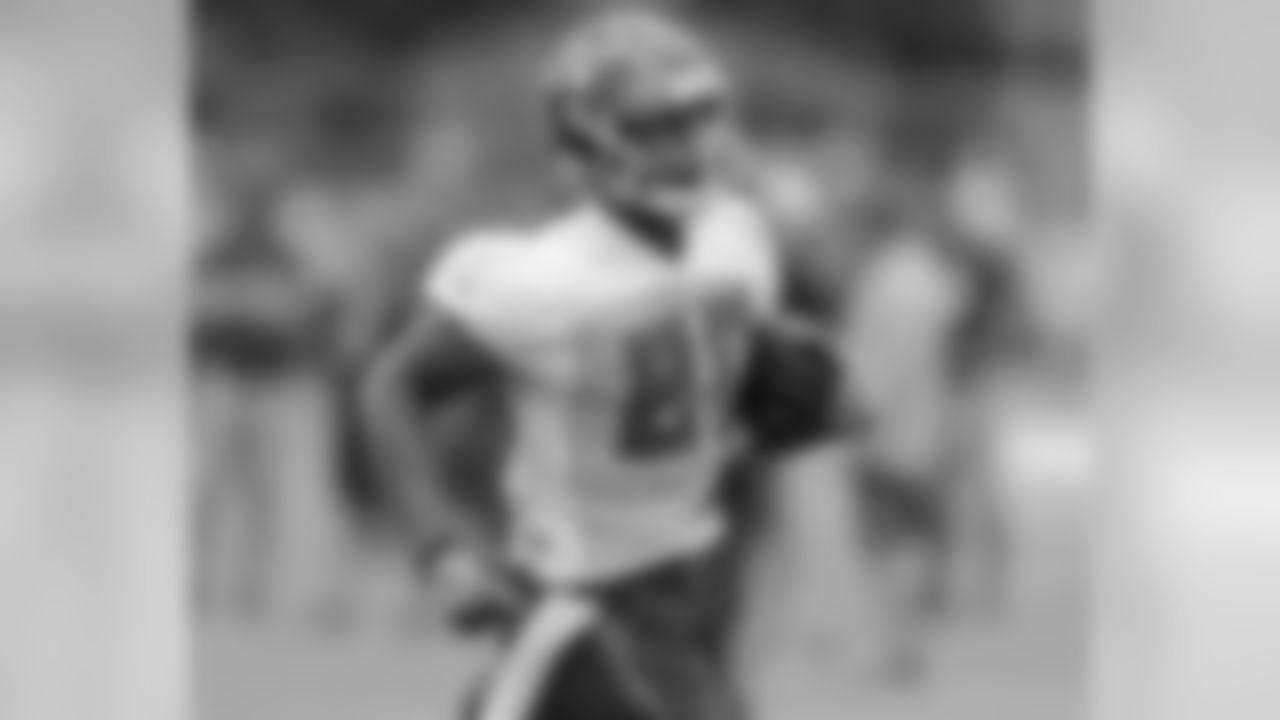
80 TE O.J. Howard
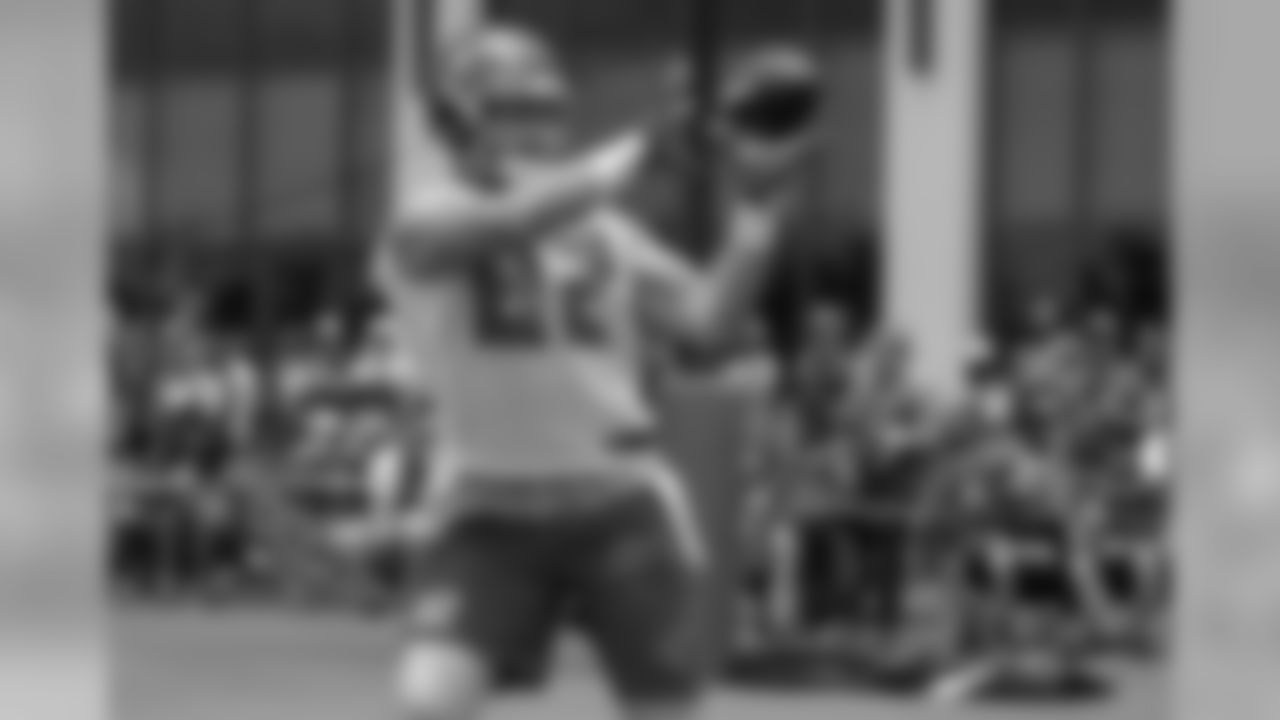
82 TE Antony Auclair
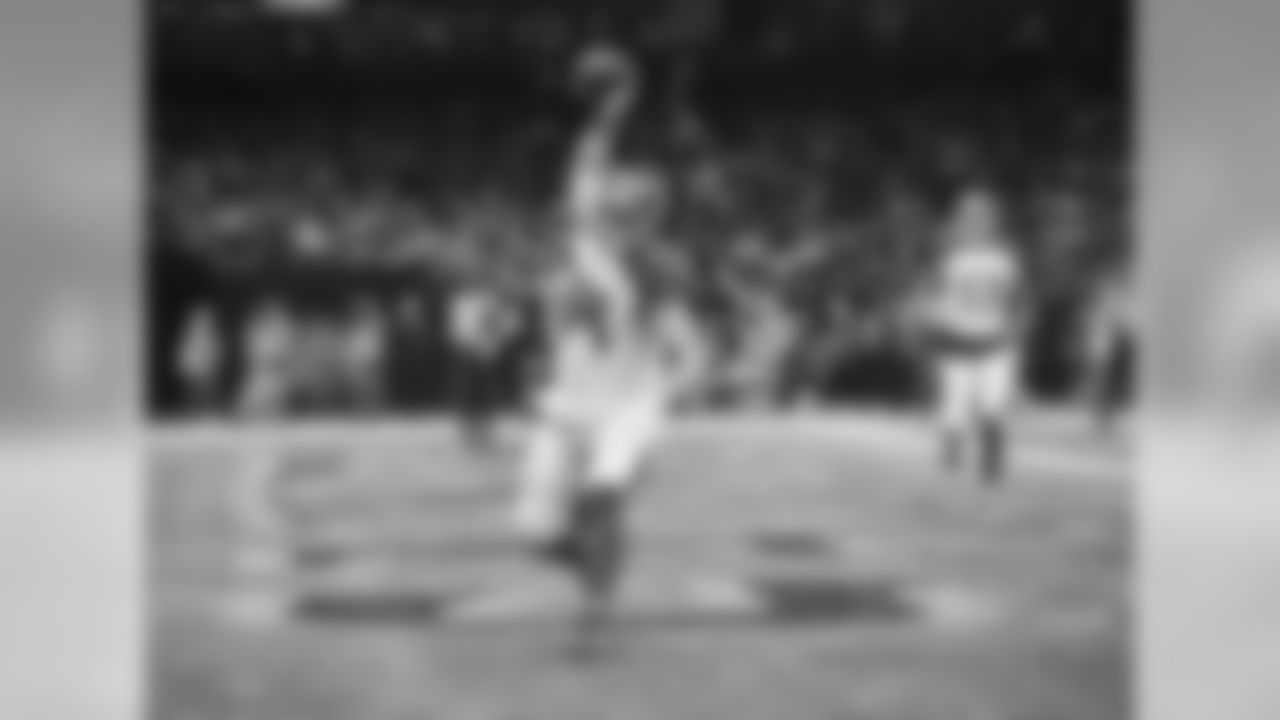
84 TE Cameron Brate

88 TE Luke Stocker
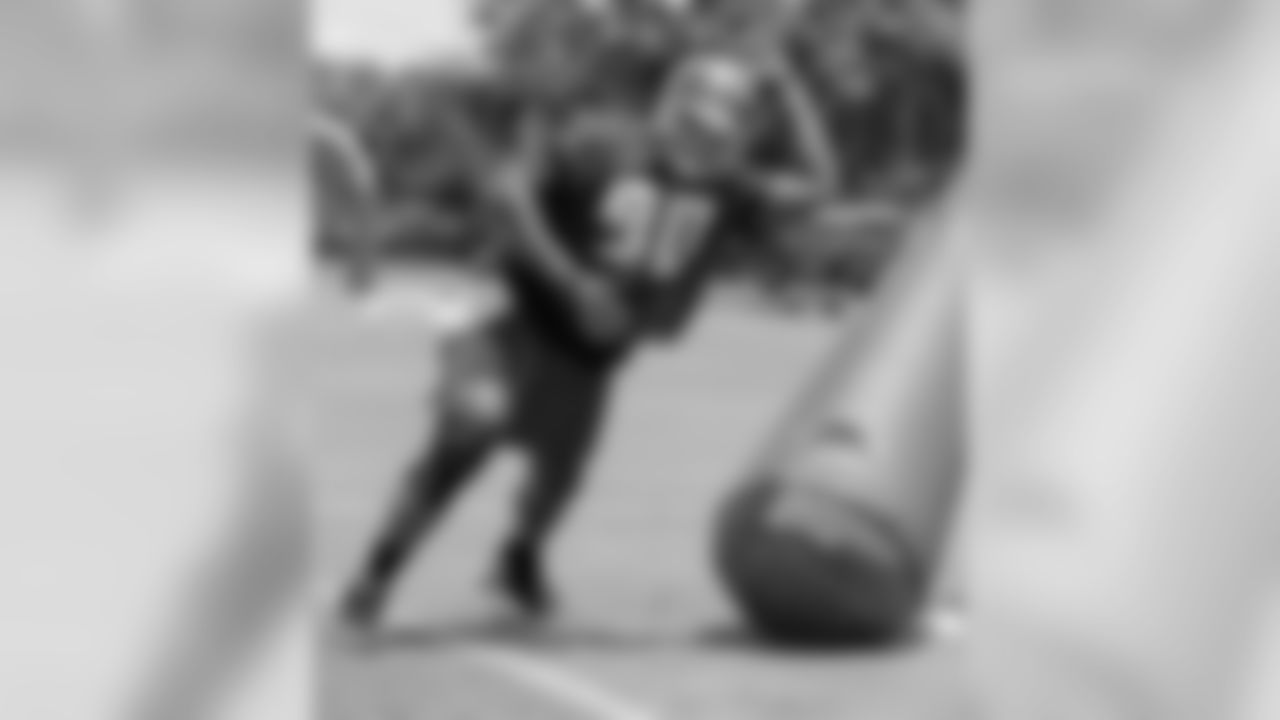
90 DE Chris Baker

91 DE Robert Ayers

92 DE William Gholston

93 DT Gerald McCoy
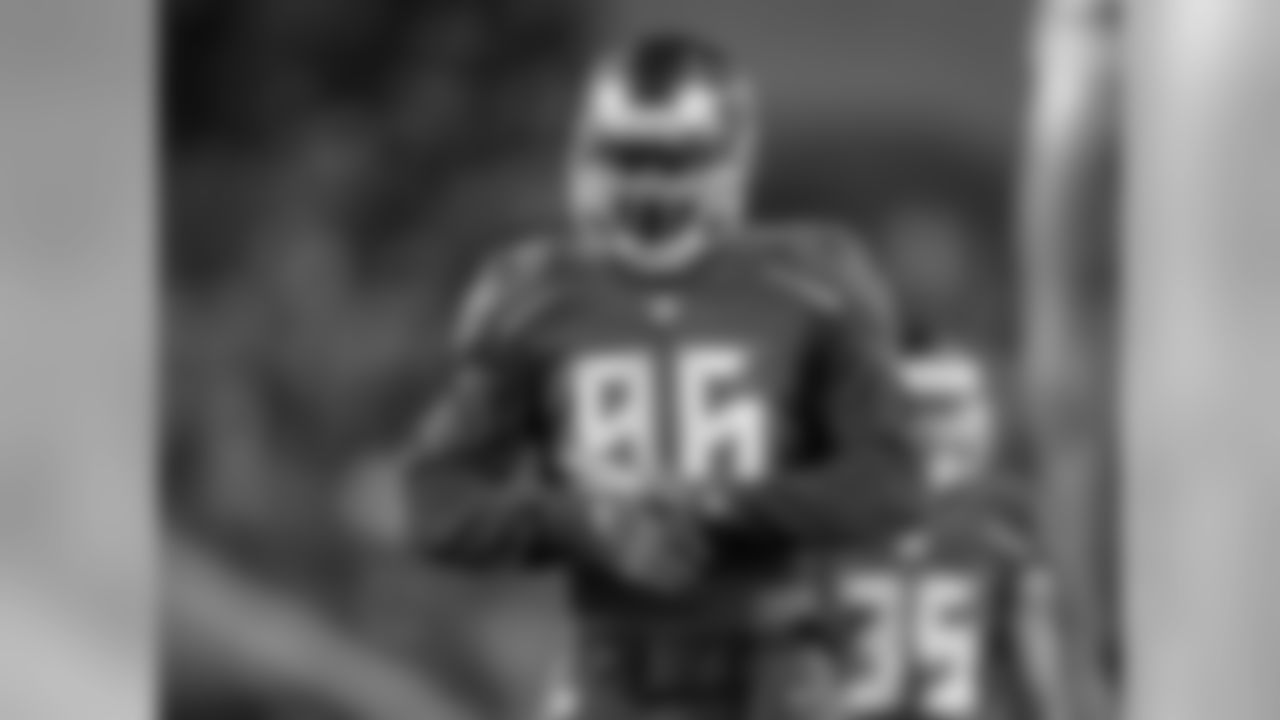
95 DE Ryan Russell
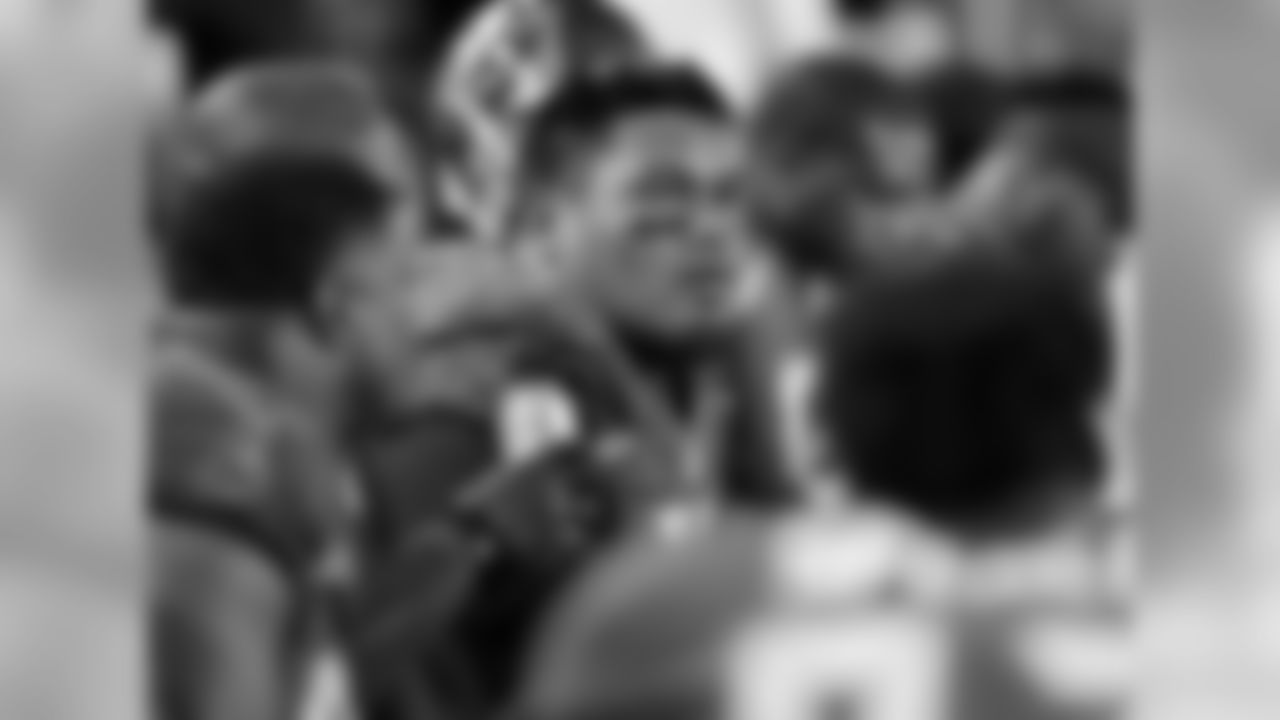
96 DE Sealver Siliga
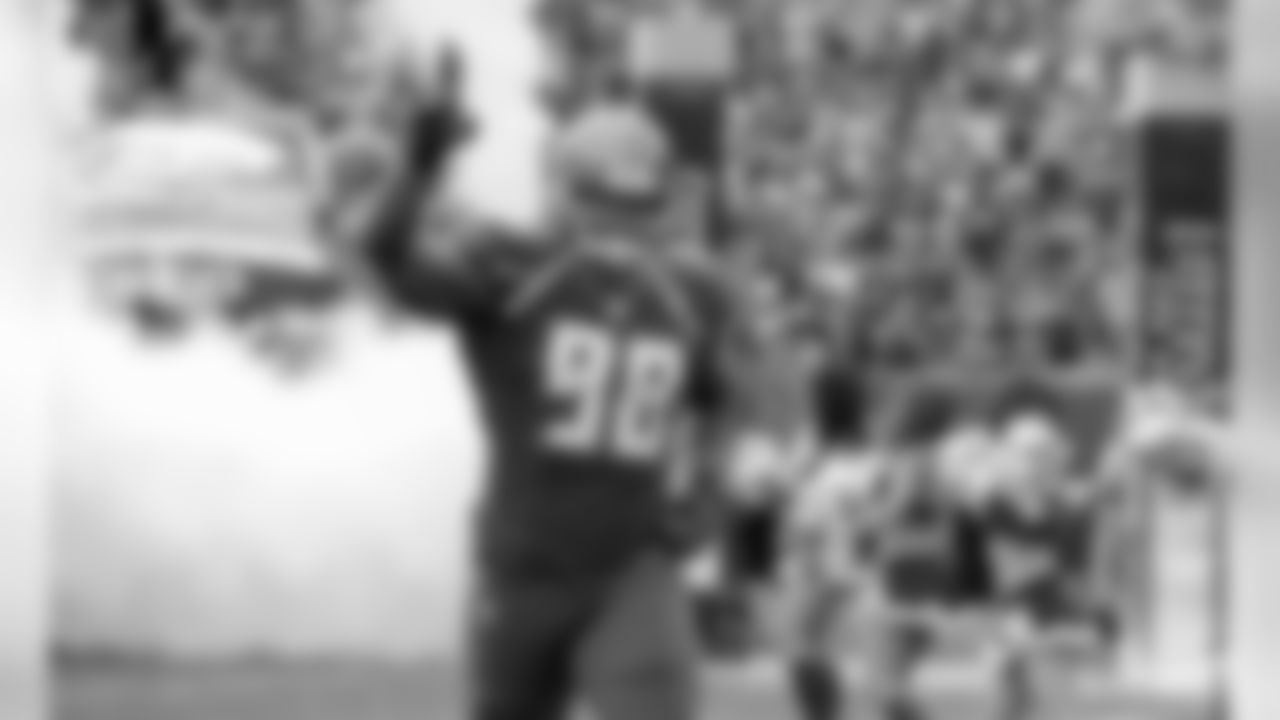
98 DT Clinton McDonald
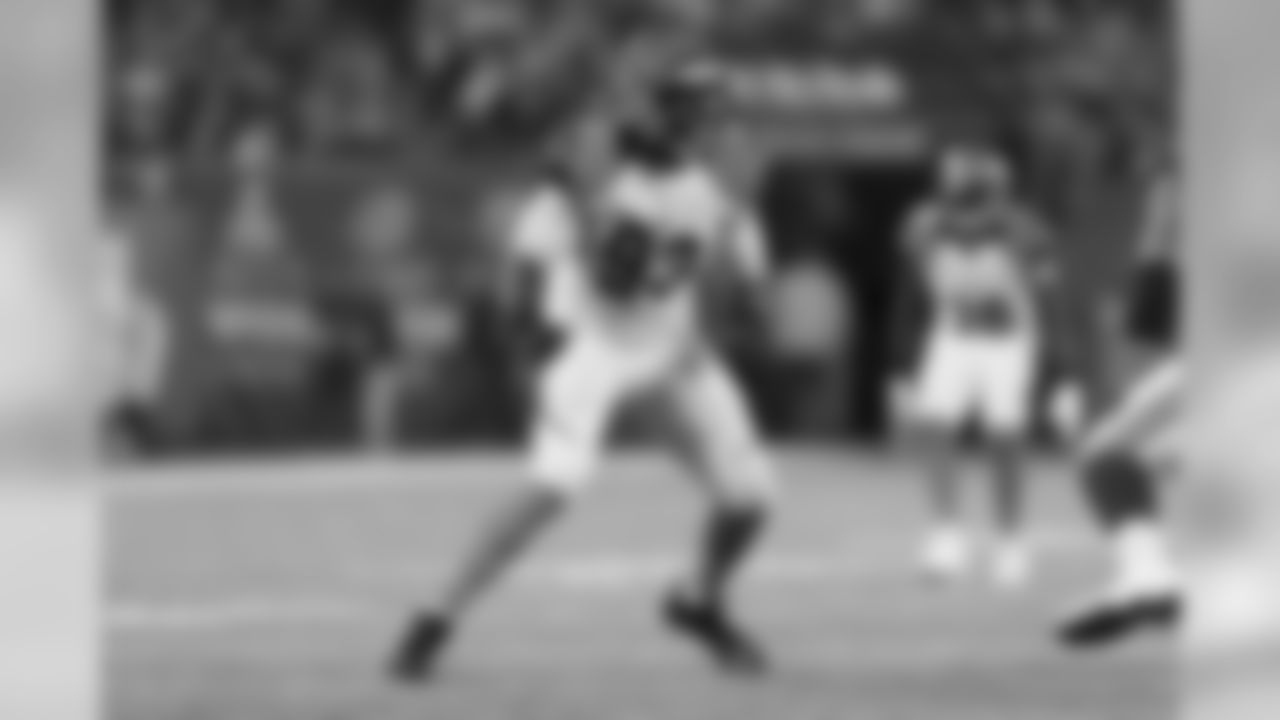
DE Will Clarke
The Tampa Bay Buccaneers held a mandatory three-day mini-camp in the middle of June, which was the final piece of the team's 10-week offseason program. During those three days, a good portion of the practice time was spent in the red zone. That was an understandable progression – as more and more of the playbook was "installed" in the players' heads, the coaching staff began focusing on situational football. And there aren't too many situations more important during a football game than competition in the red zone.
Buccaneer players will get the red zone treatment many more times once training camp begins on July 28. Tampa Bay finished the 2016 with a 9-7 record, standing just outside the door to the playoff dance. Another step forward in 2017 will almost certainly give the franchise its first postseason berth since 2007. One very concrete way the team can take a step forward is improving its touchdown efficiency in the red zone. Can they?
It is with that question that we continue with our One Dozen Debates, looking at the issues that will define this training camp. From the uncertain depth chart at safety to the impact of Hard Knocks to the next step in the development of Jameis Winston, we'll look at one question a day, and – hooray! – that will take us right into the start of football.
We may not have all the answers just yet, but we'll try to define the issues. Read along with us and each day you can let us know where you stand on each debate.
- Monday, July 17: How will the depth chart at safety shake out?
- Tuesday, July 18: Can the Bucs improve in the red zone?
- Wednesday, July 19: Which Buc can break the 10-sack drought?
- Thursday, July 20: Who will emerge as the Buccaneers' kicker in 2017?
- Friday, July 21: Will the presence of the Hard Knocks crew affect the Bucs' preparations?
- Saturday, July 22: Is the new offensive line alignment going to work?
- Sunday, July 23: Is there enough depth at cornerback?
- Monday, July 24: How will Cameron Brate and O.J. Howard co-exist?
- Tuesday, July 25: Can the defense repeat its 2017 turnover magic?
- Wednesday, July 26: What will the running game look like during Doug Martin's absence?
- Thursday, July 27: What's the next step for Jameis Winston?
- Friday, July 28: Is Tampa Bay going back to the playoffs in 2017?
Debate #2: Can the Bucs improve in the red zone?
Last season, Tampa Bay's offense breached the opposition's 20-yard line 54 times, or about 3.4 times per game. The Bucs took 28 of those 54 drives the distance, for a TD efficiency rate of 51.9%. Of the remaining 26 drives, 22 resulted in field goal tries, with 19 of them splitting the uprights. Three more ended in turnovers, unfortunately (two fumbles and one interception). The last remaining drive of the bunch was the final possession of the Week Three game against the Rams, in which the Bucs got a first down at the L.A. 15 with nine seconds to play but couldn't punch it in from there, taking a 37-32 loss instead. The Buccaneers scored on 87.0% of those 54 marches, averaging 4.56 yards per possession.
Those were the Bucs' red zone results in 2016, and they weren't quite good enough for Head Coach Dirk Koetter. In fact, Koetter, who has a series of very specific statistical goals he wants his team to hit in a game and a season, argues that the league as a whole has gotten better inside the 20, so his own squad has to shoot higher.
"We were actually, I think, about 51 percent touchdowns in the red zone," said Koetter in June. "The league took a jump – it used to be that 55 percent touchdowns would put you in the top five in the league. Tennessee led the league at 72 percent. That's insane – 72 percent touchdowns. There were, I think, four other teams over 60 percent. We've actually raised our goal this year to try to be 60 percent touchdowns; that's something we have to do better. We haven't necessarily done better the last two days, but it's a process, like everything else."
As I noted in a mailbag not long after that mini-camp, Koetter is right about the NFL trending up in terms of red zone touchdown efficiency, just as overall offensive numbers continue to increase. Two decades ago, the league average red zone TD rate hovered around 50%. In the last five years, it's closer to 55%. And you wouldn't expect Koetter to want his team to be average. Aiming for 60% essentially he means the Buccaneers should be a top-10 red zone offense.
Pictures of Martin during the Bucs' OTAs and mini-camp.
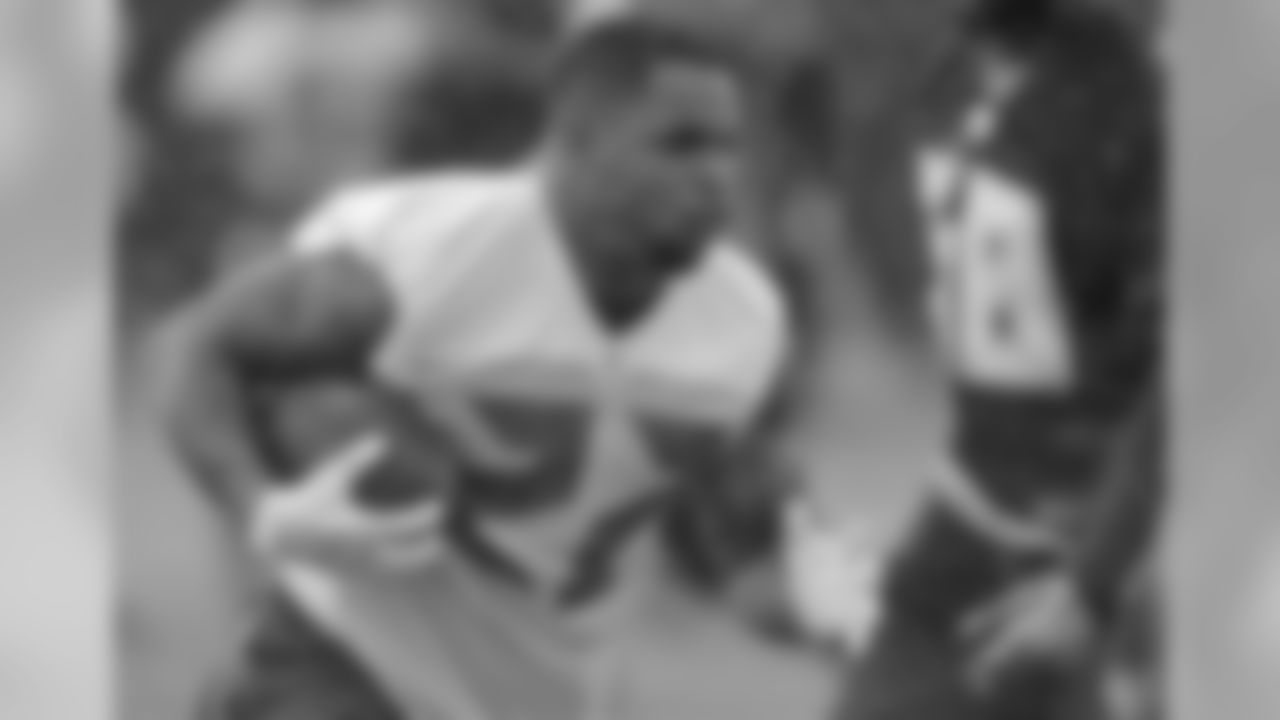
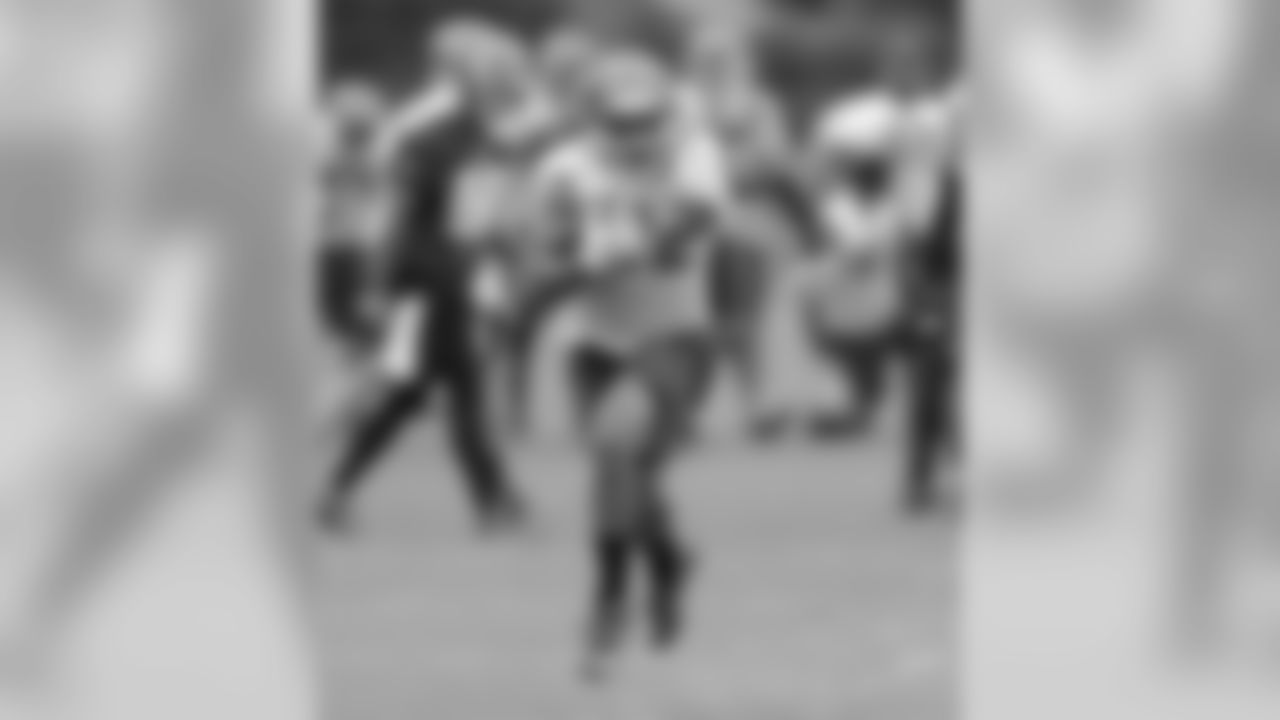

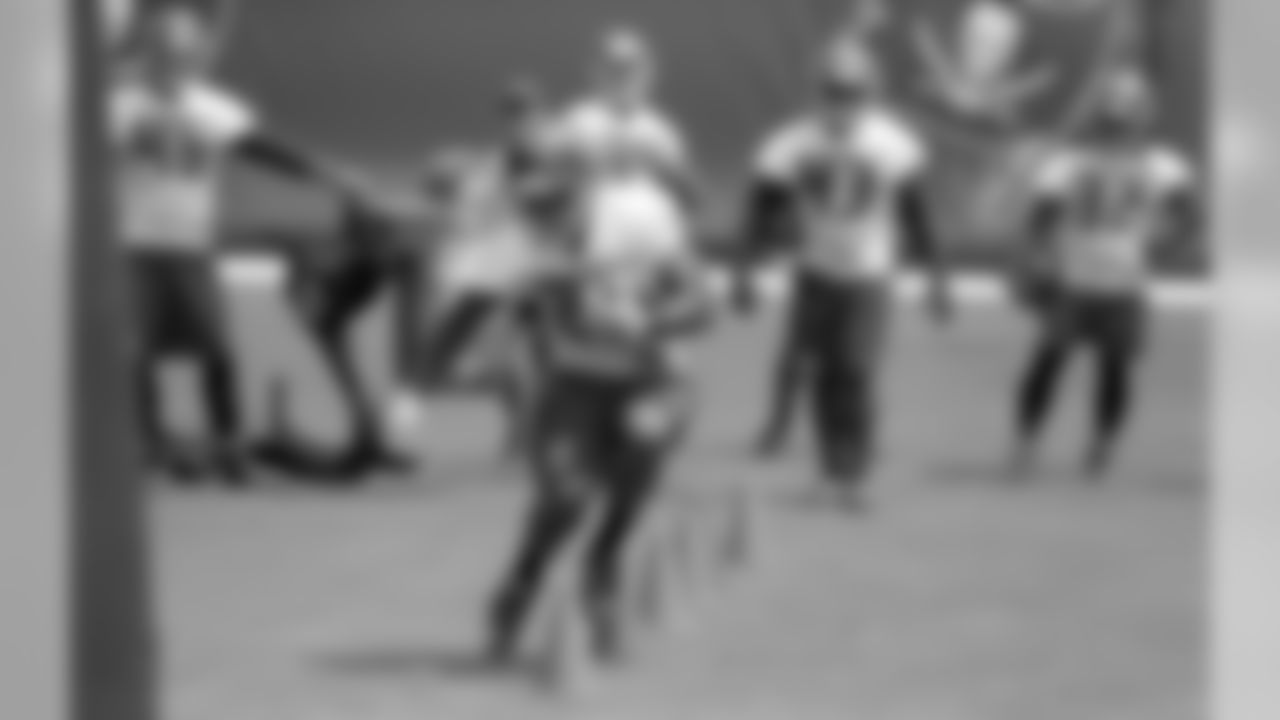
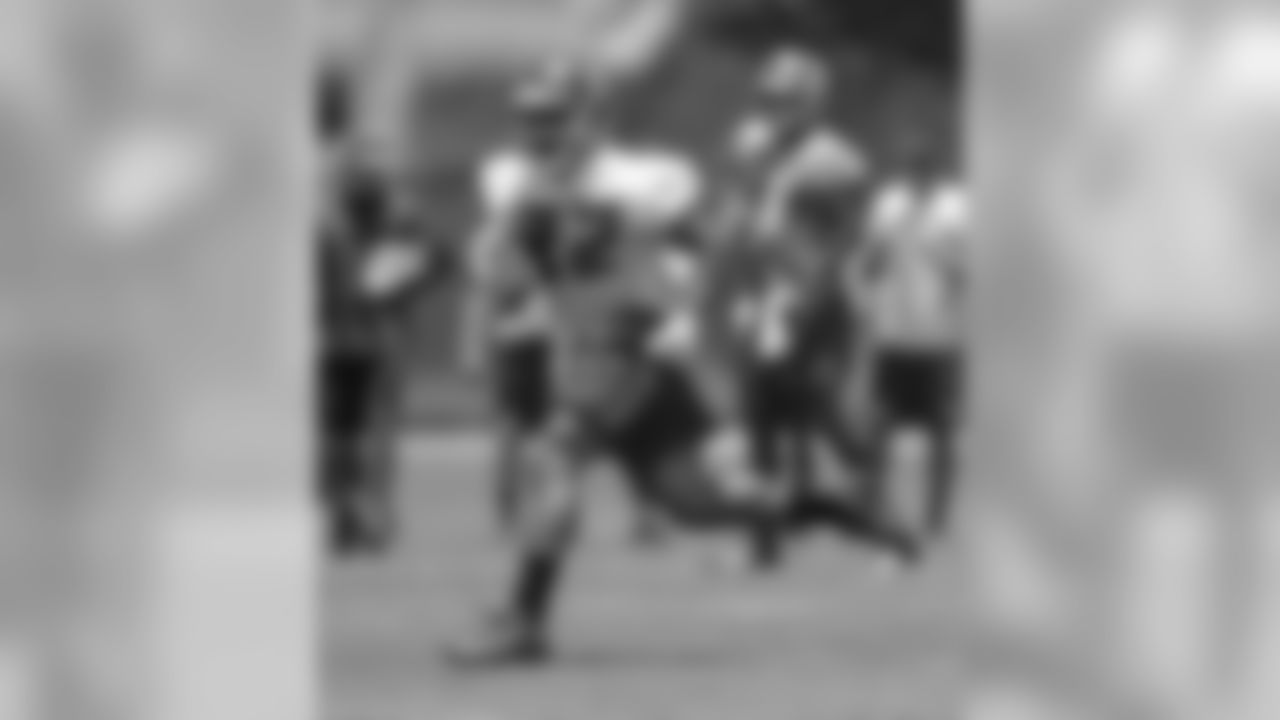
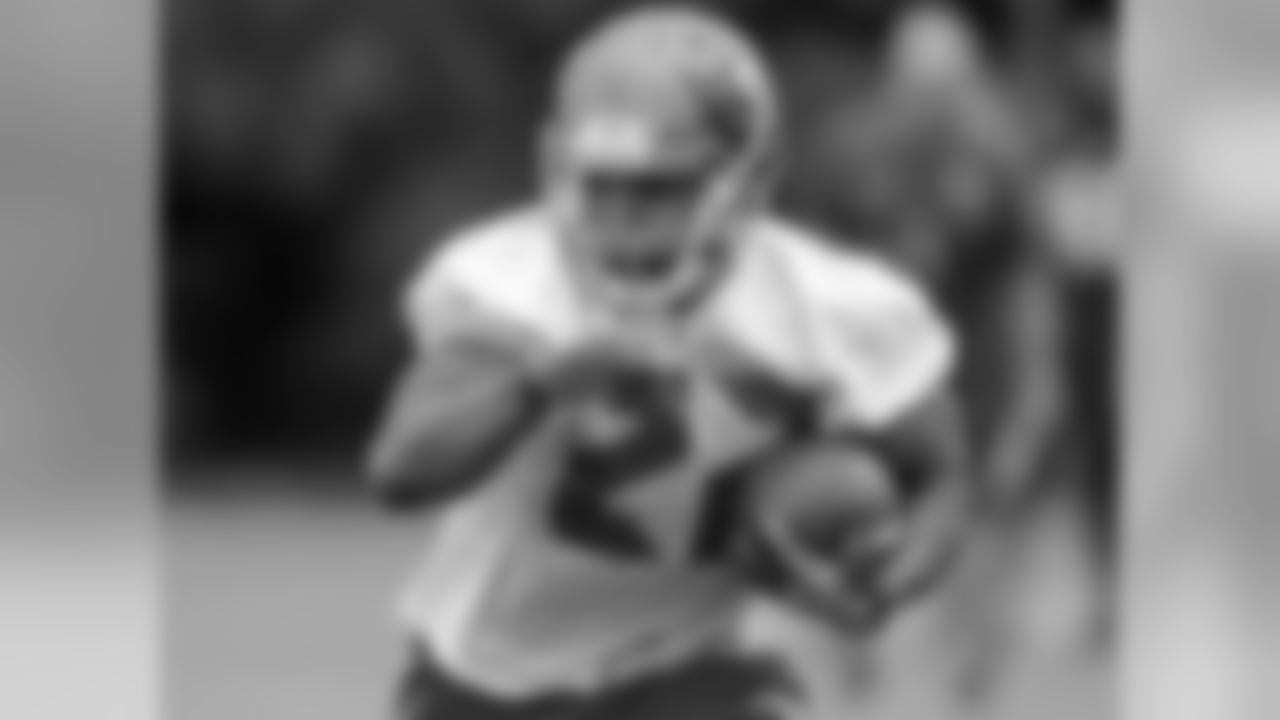
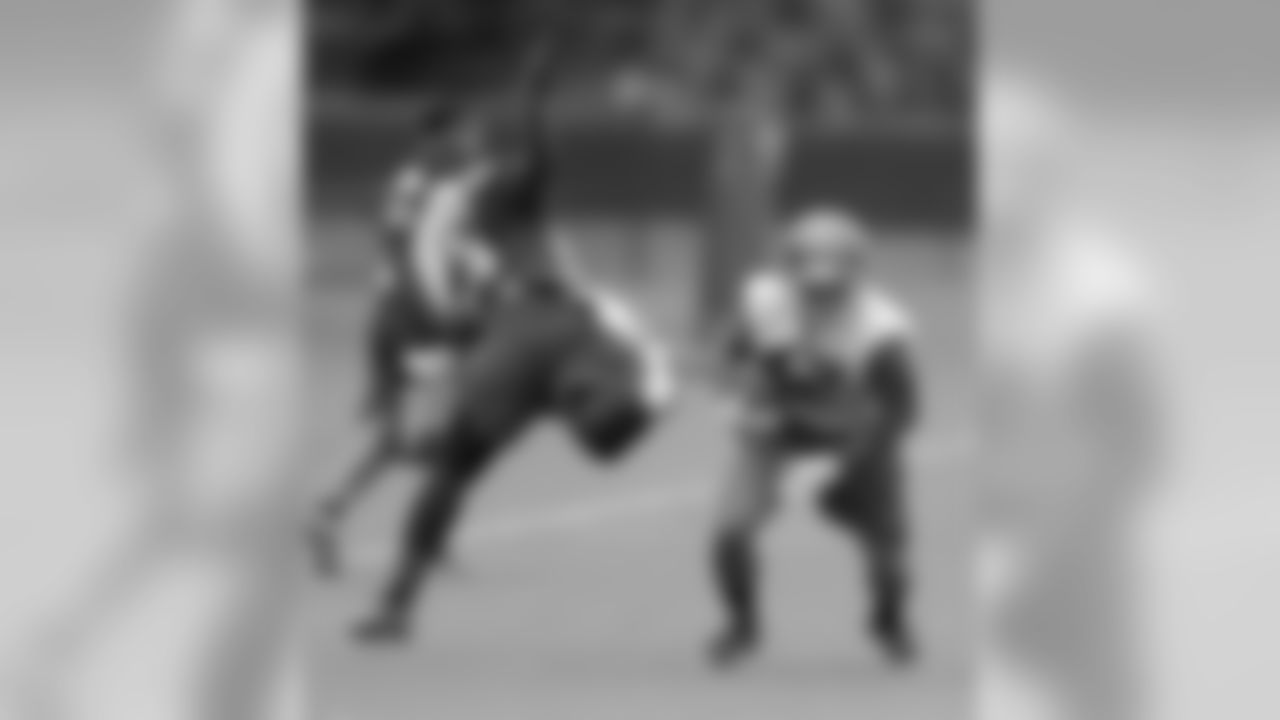
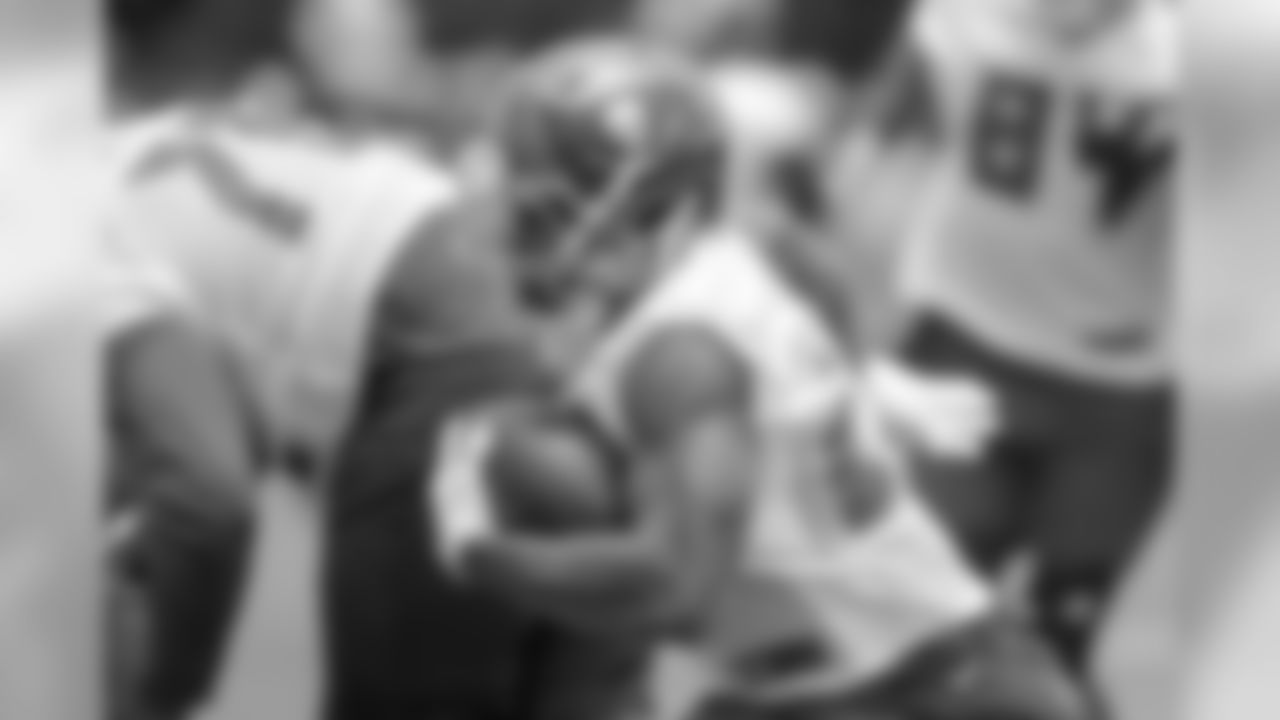
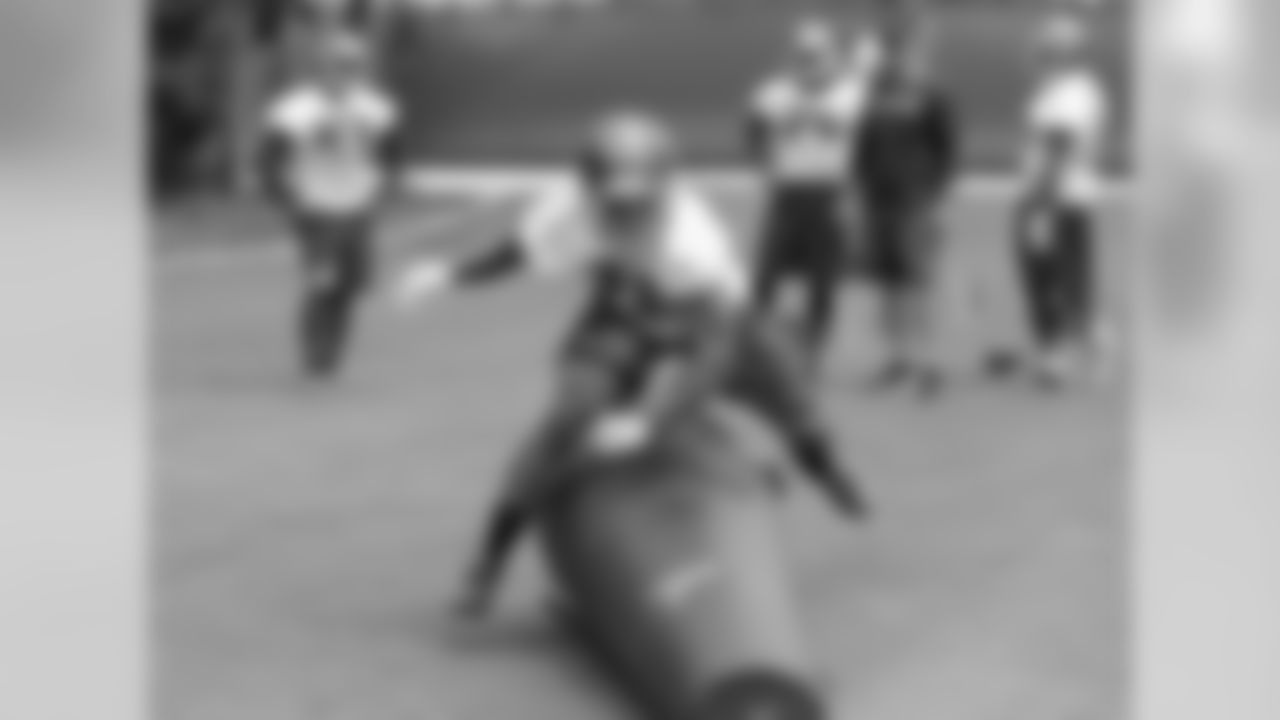
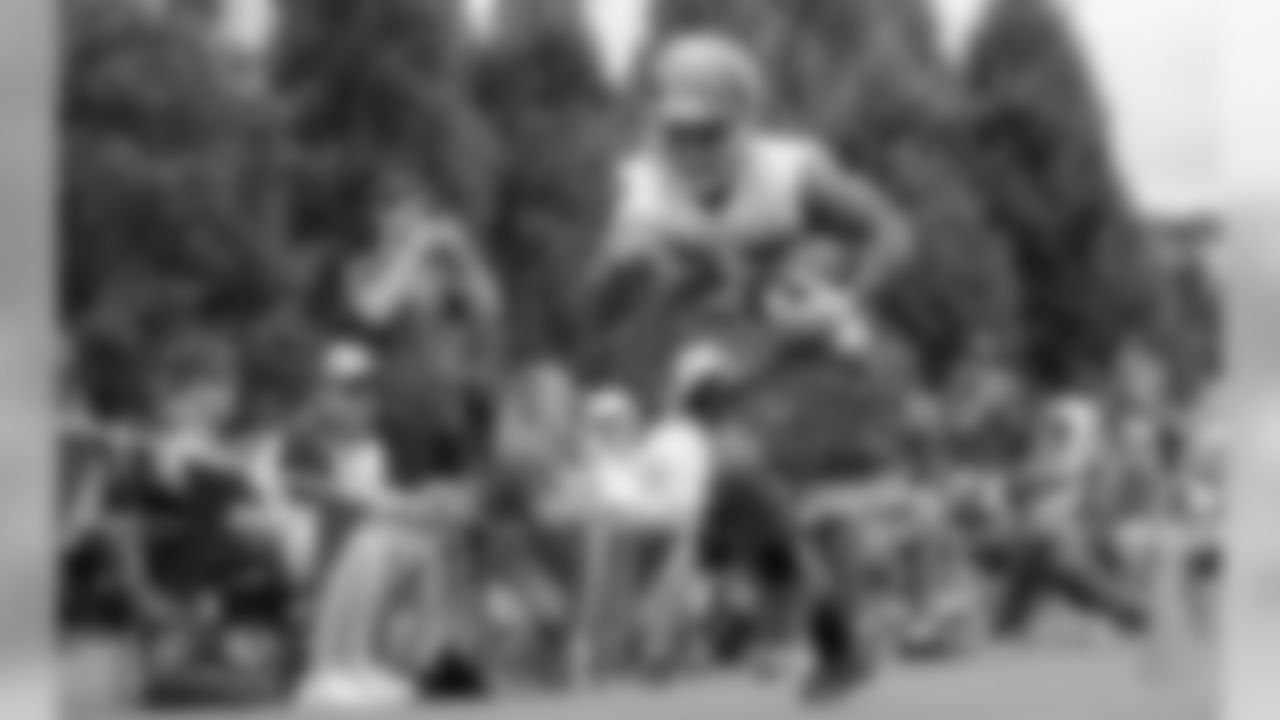
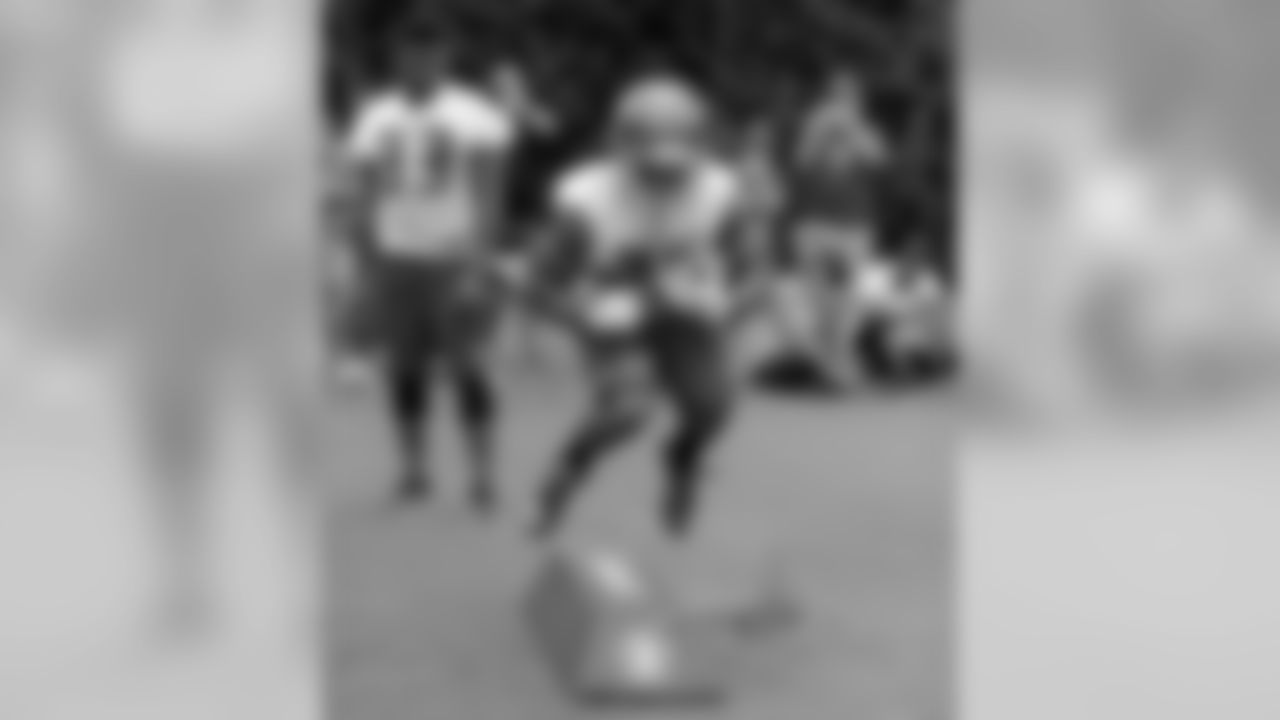
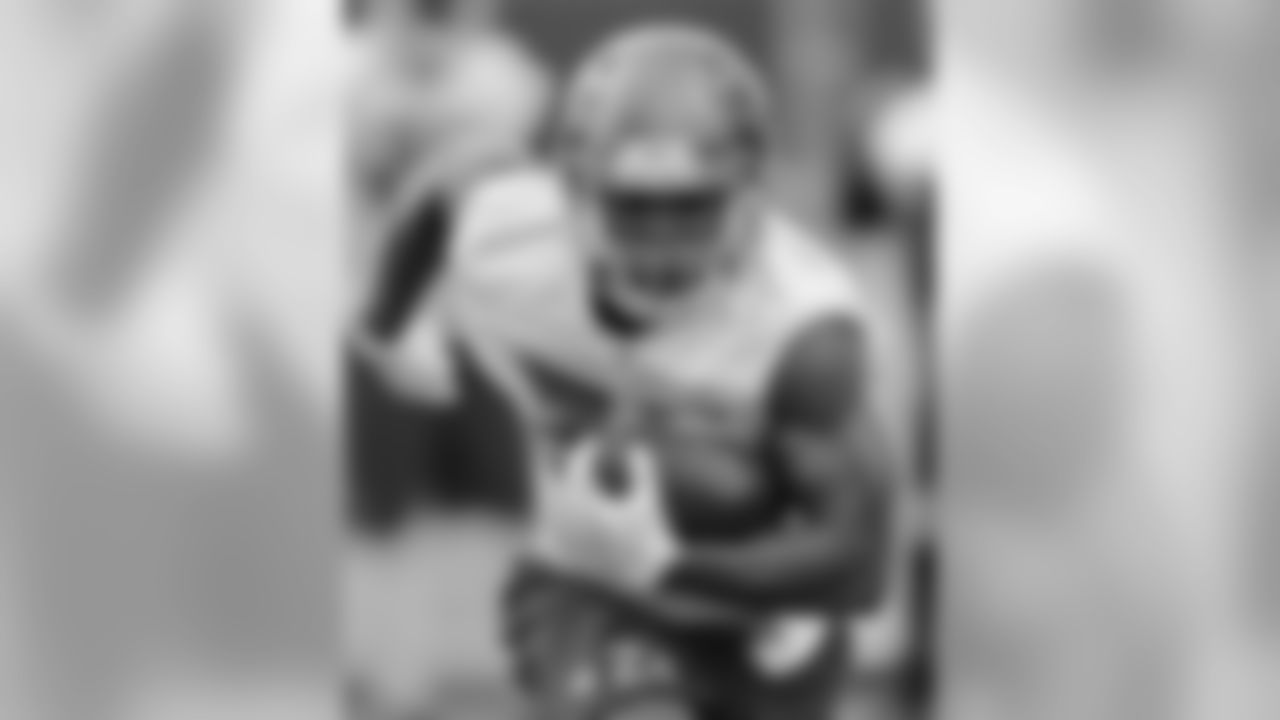
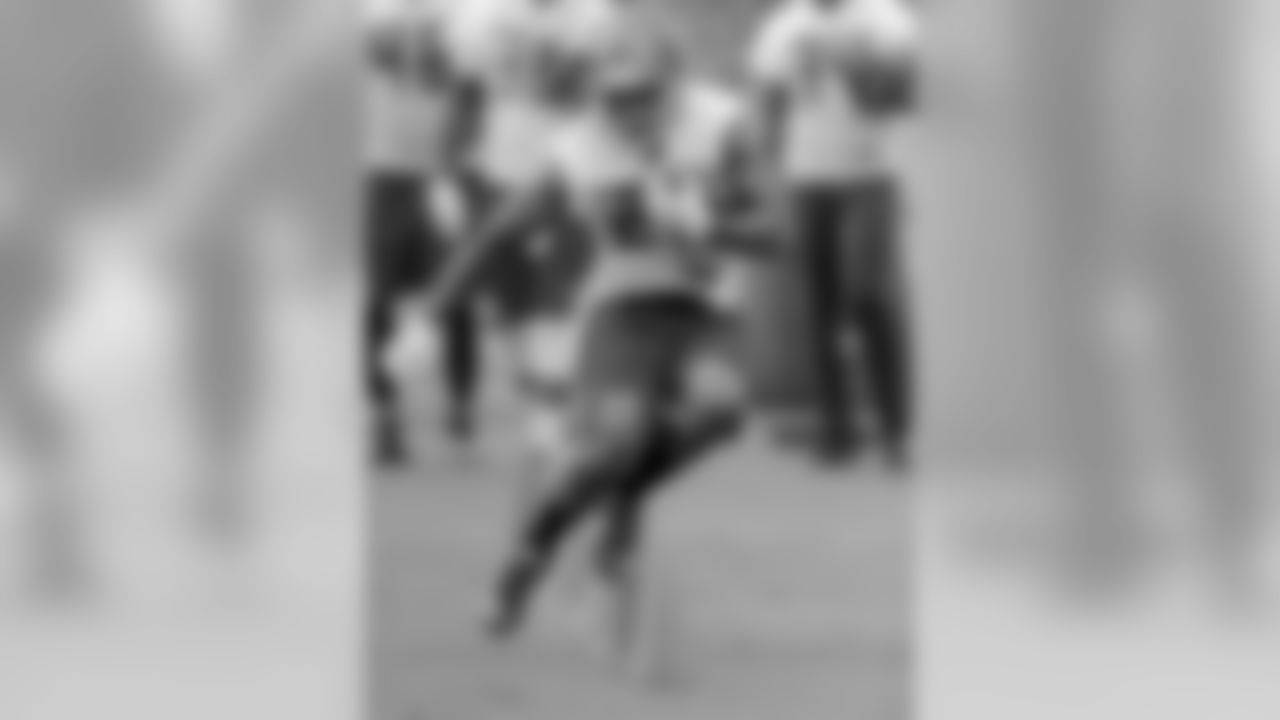

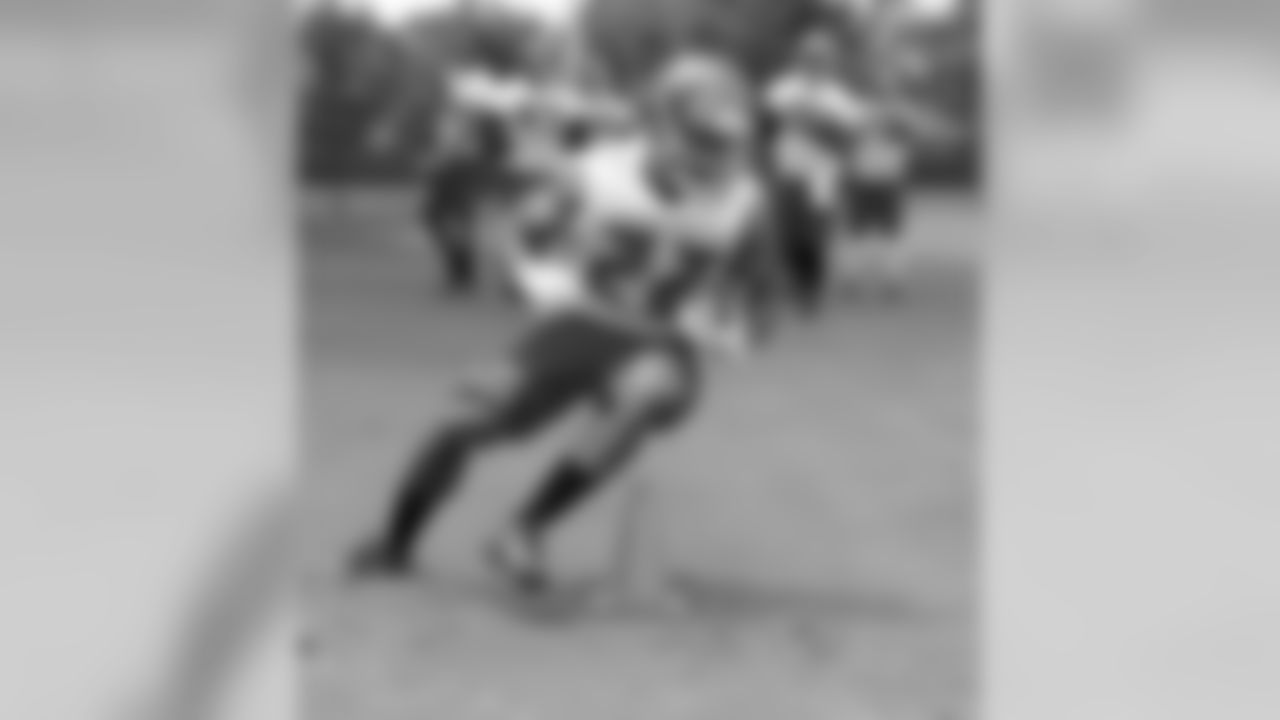
Last season in the red zone, the Bucs ranked 21st in touchdown efficiency, tied for 17th in scoring efficiency and 18th in points scored per possession. To hit that target TD rate of 60%, the 2016 Bucs would have had to score between six and seven more touchdowns. That's only about one such occurrence every two games, but that's enough to make a big difference. For instance, had the Buccaneers not settled for a field goal on their first red zone opportunity against Oakland in Week Eight, they might have taken a bigger lead into the game's closing moments. Instead, the Raiders were able to tie the game with a touchdown with 1:43 left and then win it in overtime.
That early-game red zone incursion led to a first down at the Oakland 16. On first down, Jacquizz Rodgers ran for two yards, and on second down Winston was sacked for a loss of seven. Third-and-15 from the 21 going in is an extremely difficult spot for any offense, and a short pass to Luke Stocker didn't come close to converting. Roberto Aguayo hit a 41-yard field goal for the game's first points.
That two-yard run on first down was indicative of the problems the Buccaneers had on the ground last year, in large part due to a rash of injuries. After rushing for 135.1 yards per game in 2015 and featuring the NFL's second-leading rusher in Doug Martin, the Bucs' ground game dropped to 101.0 yards per game last year. Martin and his fantastic 2015 complement, Charles Sims, were injured for much of last year.
Unsurprisingly, the Buccaneers did not run the ball well inside the 20 in 2016. The team had an average of 6.6 rushing yards per game and 1.81 yards per carry in the red zone, ranking 26th and 29th in those respective categories. It's harder to run in the packed confines of the red zone, of course; the league average was just 2.51 yards per tote. Still, the Bucs can improve in that category and give Winston more manageable third downs. Though Martin will be serving a suspension for the first three games of the 2017 season, the Bucs will eventually have a lot of rushing options between him, Sims, Rodgers, bigger back Peyton Barber and 2017 draft pick Jeremy McNichols. The Buccaneers have also shuffled their offensive line a bit, moving Ali Marpet to center and getting J.R. Sweezy back from injury, and the result is a front wall that averages about 6-6 and 315 pounds. Tampa Bay definitely expects to run the ball better in 2017, and if they can it will almost certainly show up in the team's red zone efficiency. Obviously, the Bucs still have to prove they can deliver on those expectations.
That said, the Buccaneers are still likely to get the majority of their red zone touchdowns through the air. The best the Bucs' offense has ever been in the red zone, in terms of TD efficiency, was 59.6% in 2012. That team ran the ball well in Martin's excellent rookie season, but it still got 20 of its 28 red zone TDs on passes. The sizeable receiving tandem of Vincent Jackson and Mike Williams proved to be very good targets around the goal line.
On paper, the Buccaneers would appear to have good red zone weapons again this year. Mike Evans has already proven he is just that, as he tied for third in the NFL last year with seven touchdown catches on plays starting in the red zone. He has the size, body control and hands to be a player that opposing defenses have to worry about on every snap around the end zone. One of the two players in the entire league who had more red zone TDs than Evans was Buccaneers tight end Cam Brate. Brate tied for the NFL lead among tight ends with eight scoring receptions in 2016, and all eight of them came on plays snapped inside the 20. Brate and Winston seemed to have a very good connection in the red zone, and there's no reason to expect that to go away.
Add to that mix another big, athletic tight end in O.J. Howard. Howard's combination of blocking and route-running skills should allow the Buccaneers to use two-TE sets in the red zone while making it difficult to know who will stay in and block and who will release into an end zone route. In addition, Jameis Winston proved to be one of the NFL's most efficient throwers when flushed out of the pocket, which means he should be good for an improvisational touchdown or two in the red zone this year.
Last year, Winston had a 98.0 passer rating on plays that started in the red zone. That ranked 11th in the NFL among quarterbacks with at least 30 attempts in that part of the field, just a bit behind Drew Brees and a bit ahead of Carson Palmer. However, he was also sacked six times on red zone plays, tied for the most for any QB in the league. That aforementioned O-Line shuffle will hopefully provide him with better protection in 2017.
If Winston can get better protection and a better running game behind him, he appears to have plenty of weapons to exploit in the red zone. There is a very good chance the Buccaneers improve on last year's TD efficiency of 51.9%. Actually reaching that 60% will be tougher, but it does not seem out of the question.









